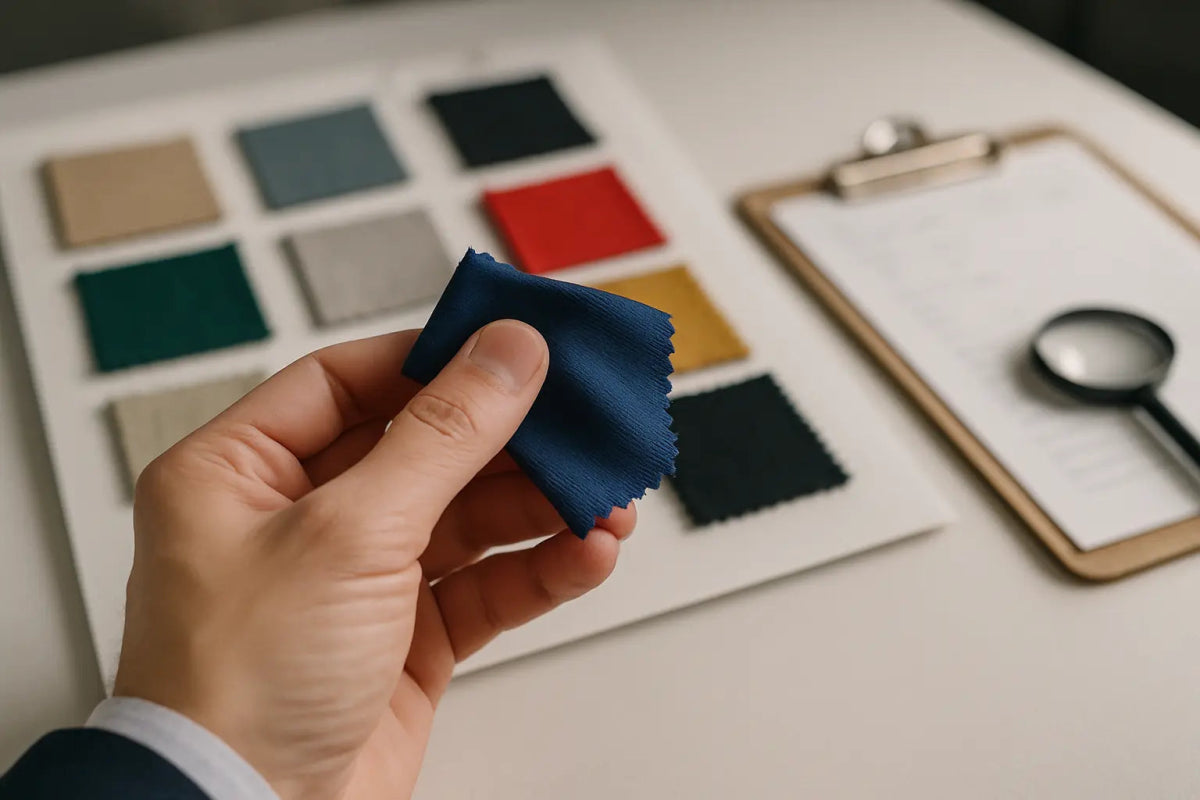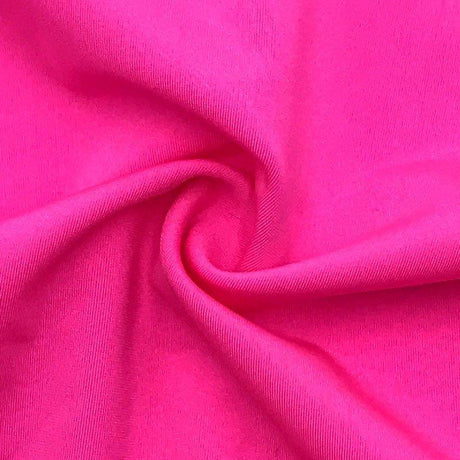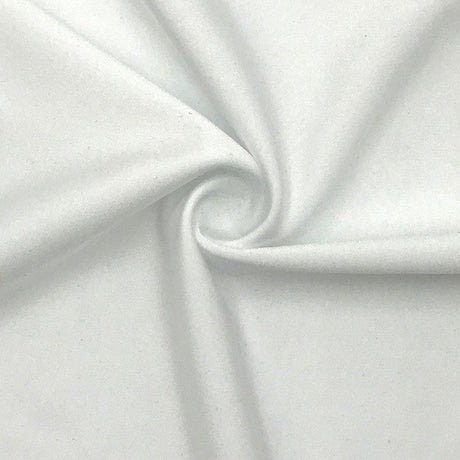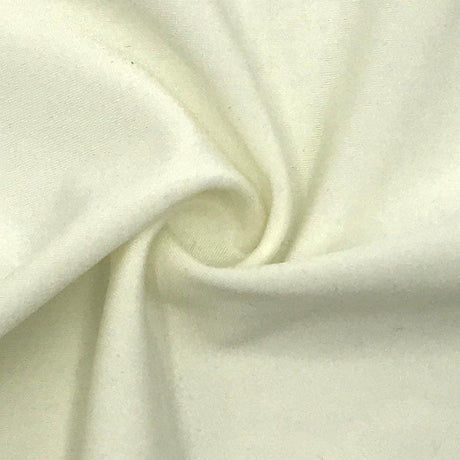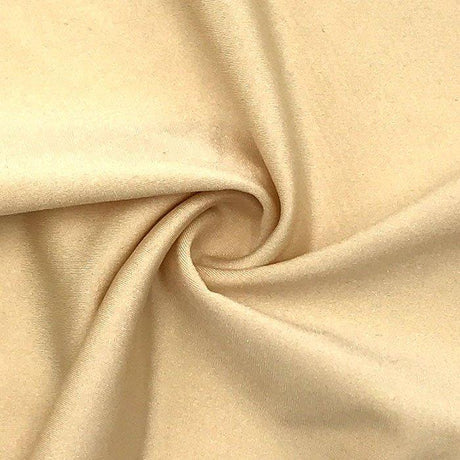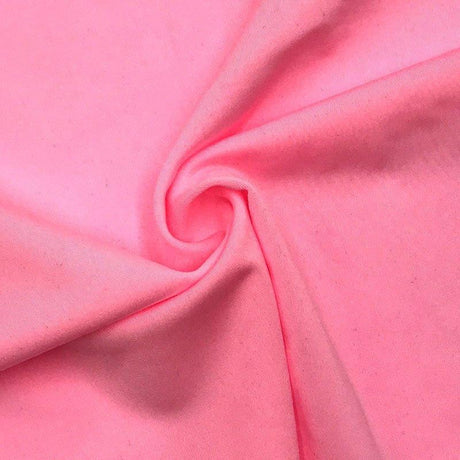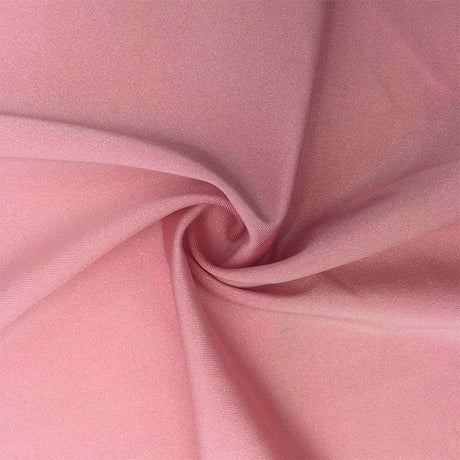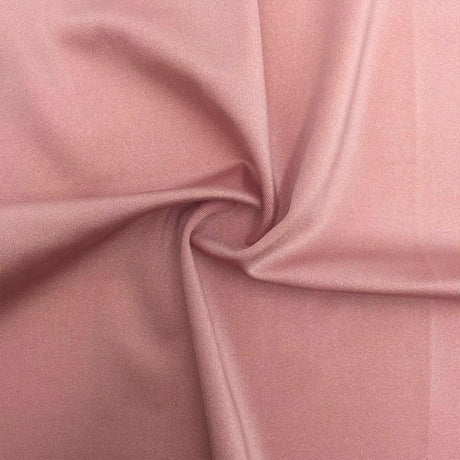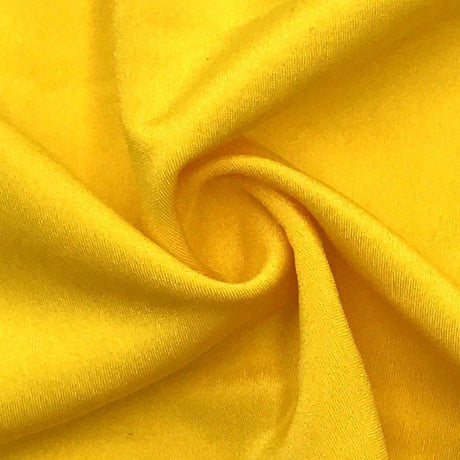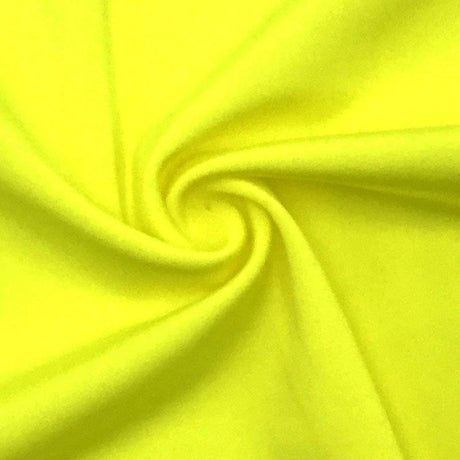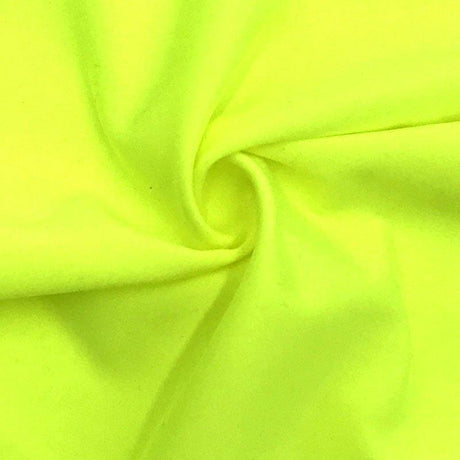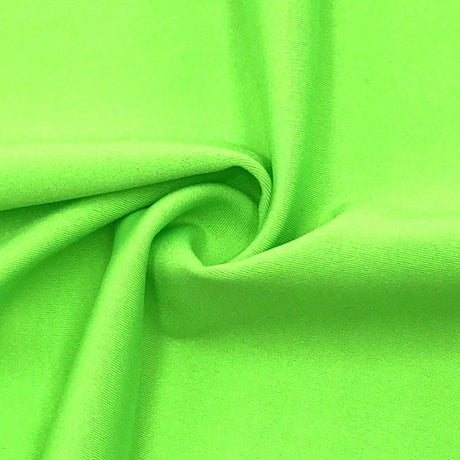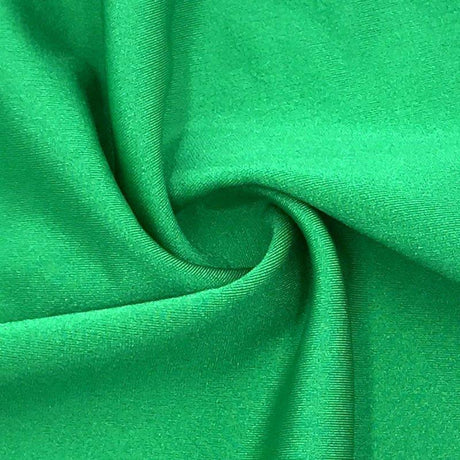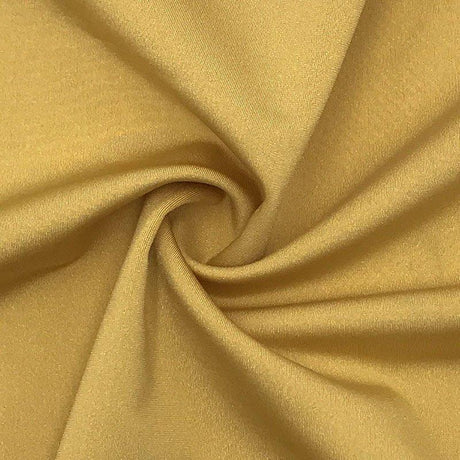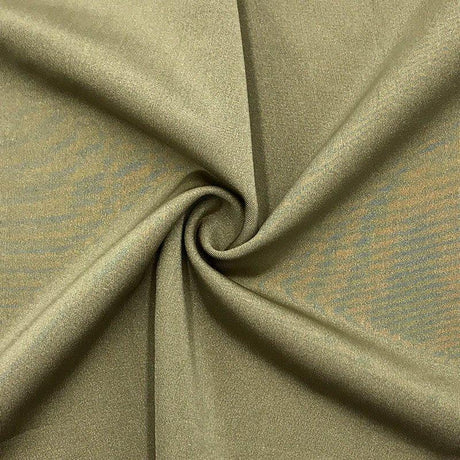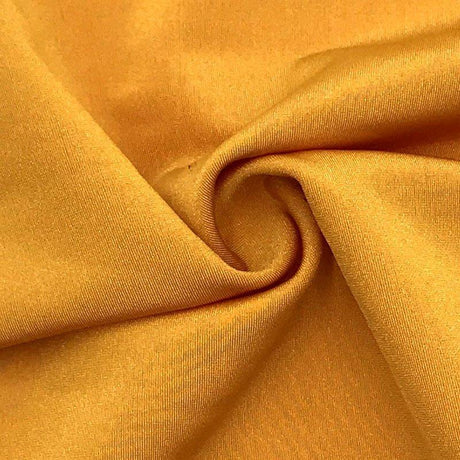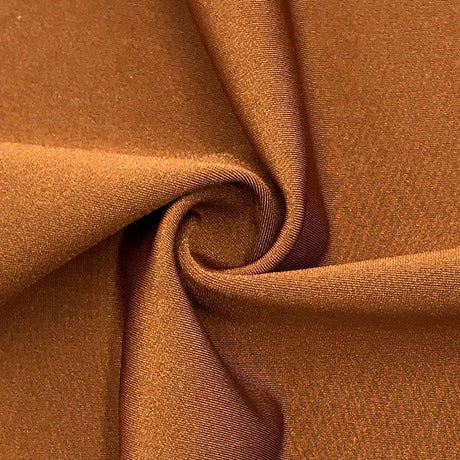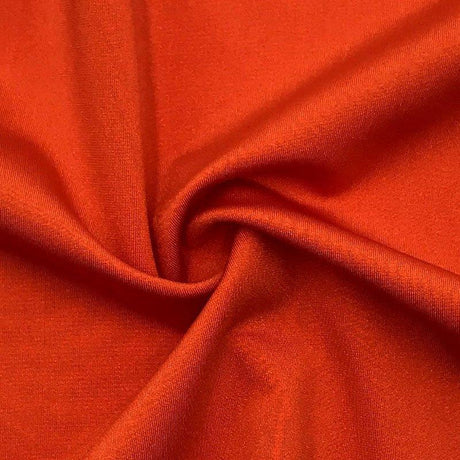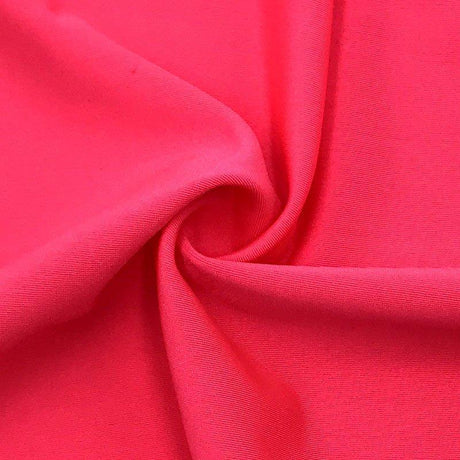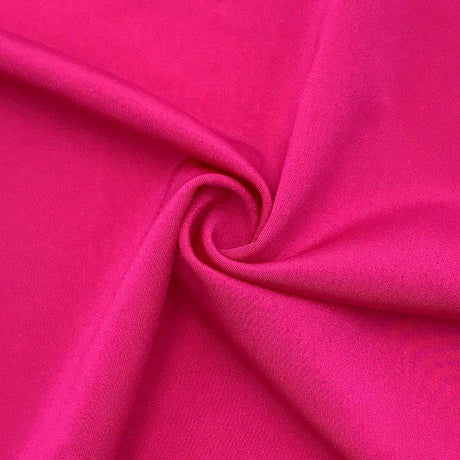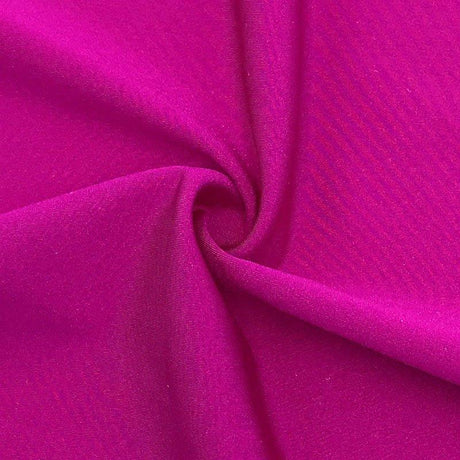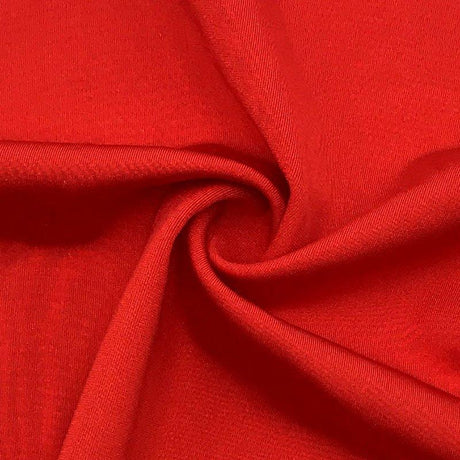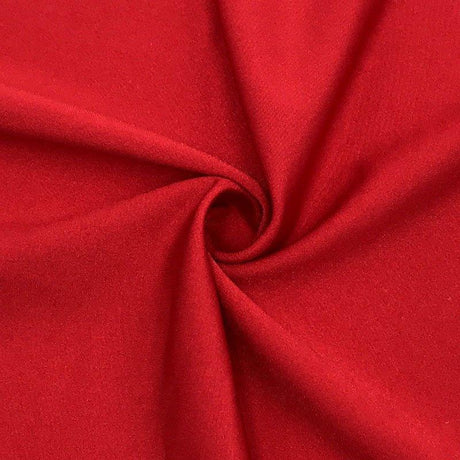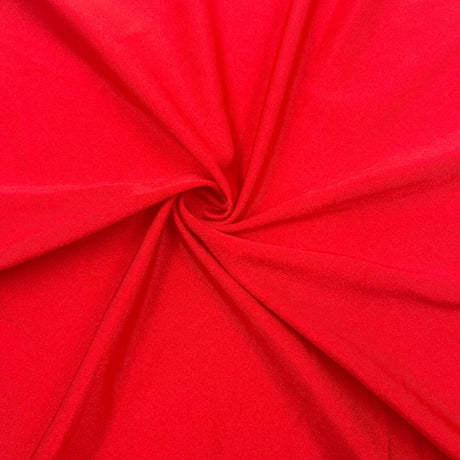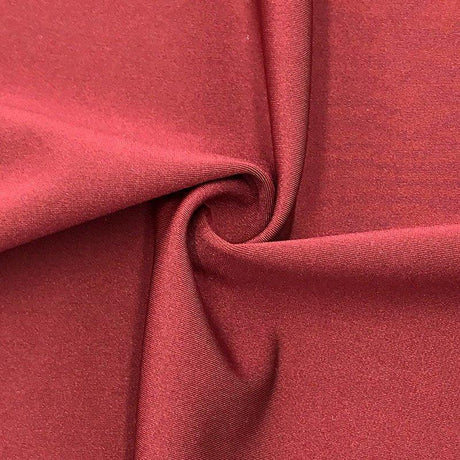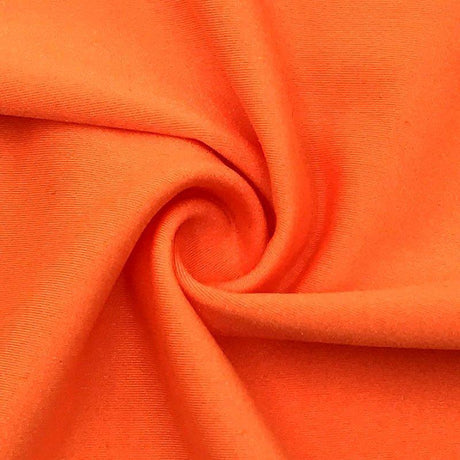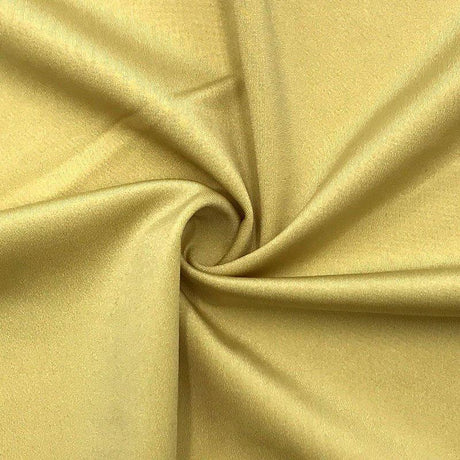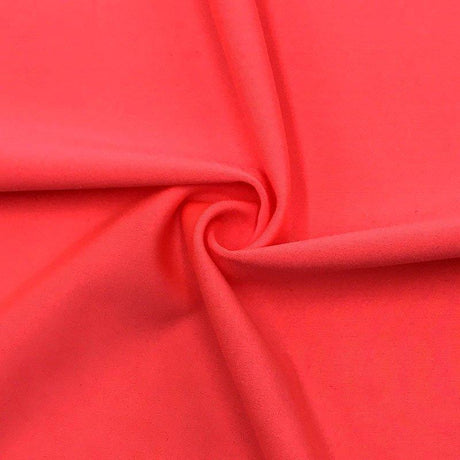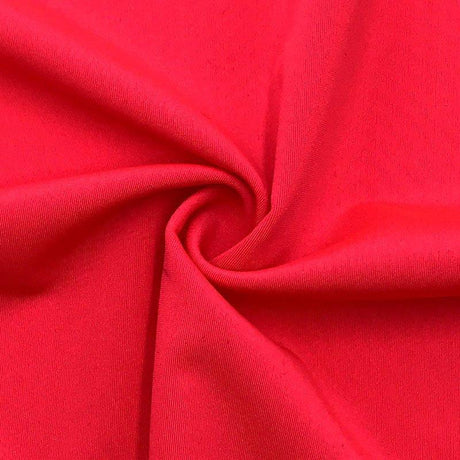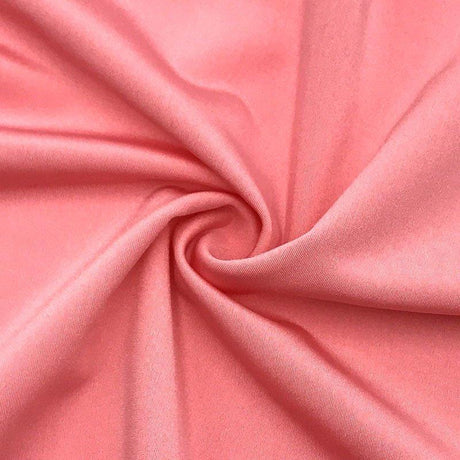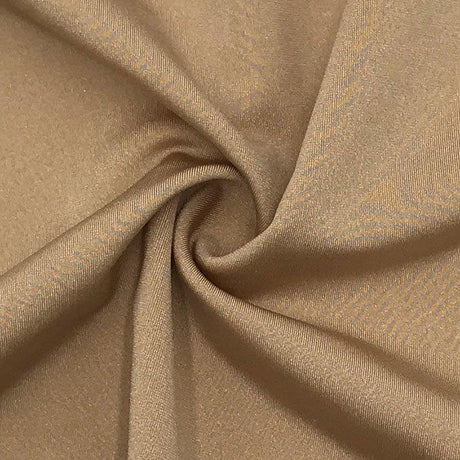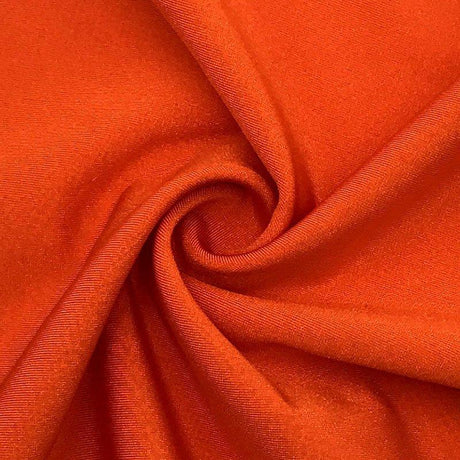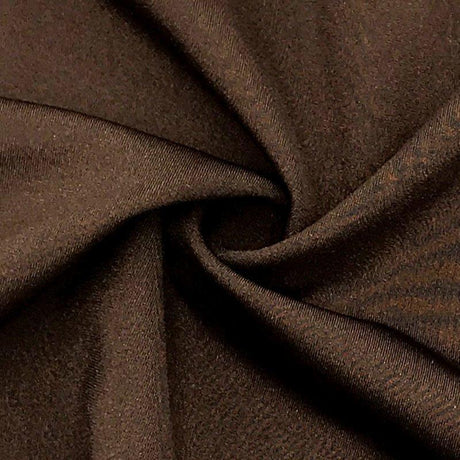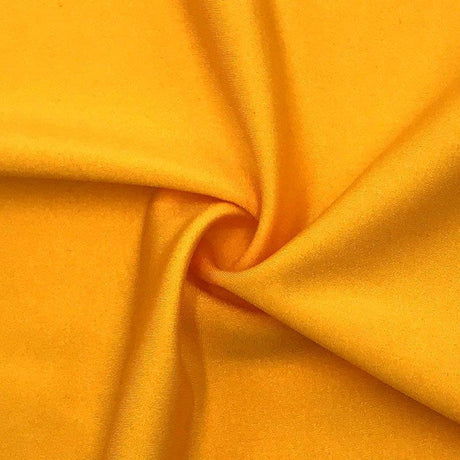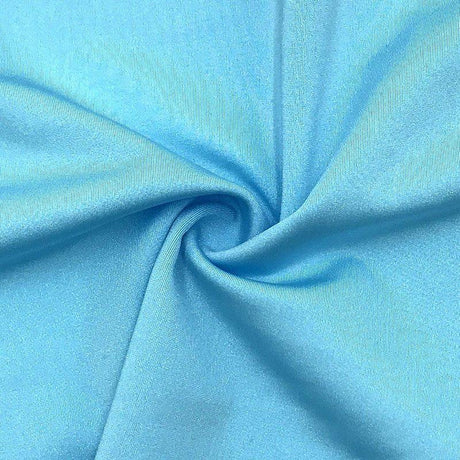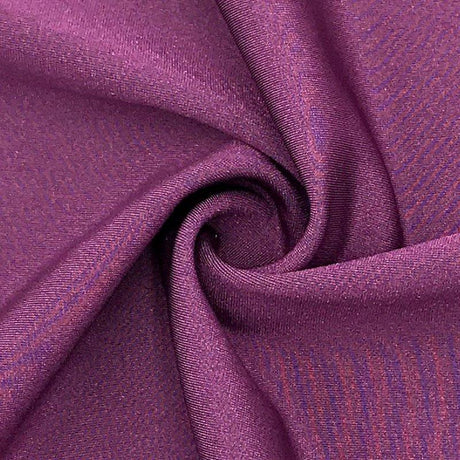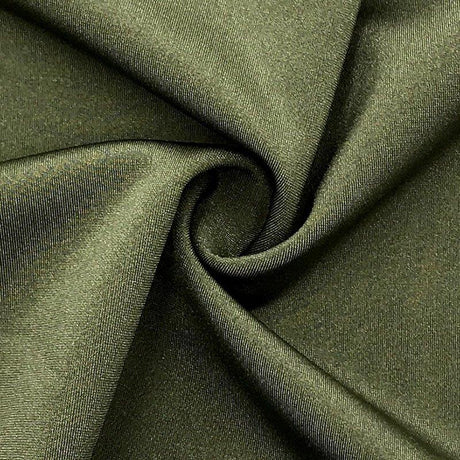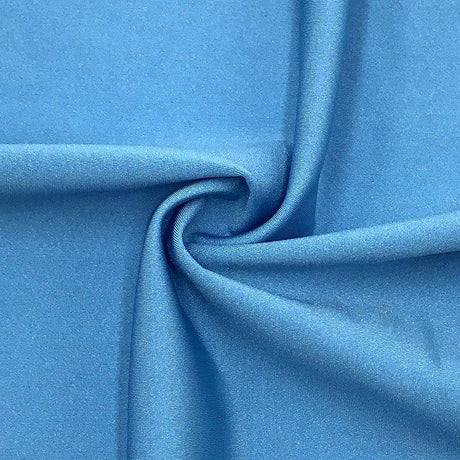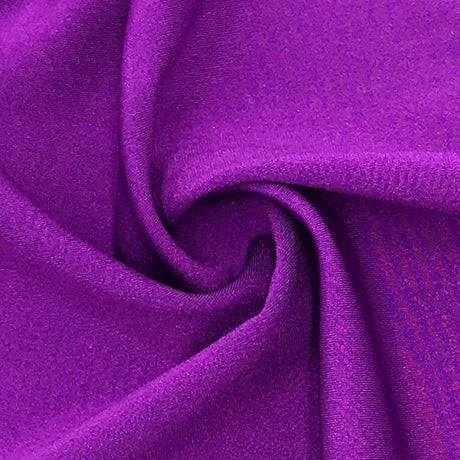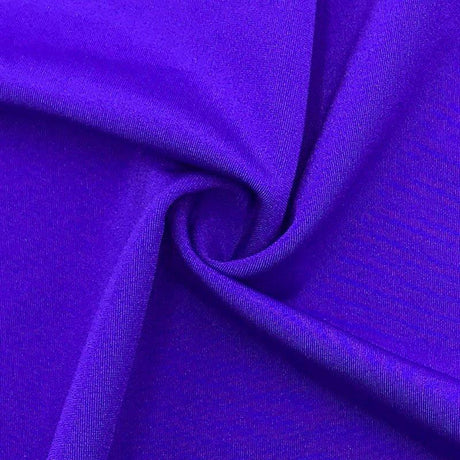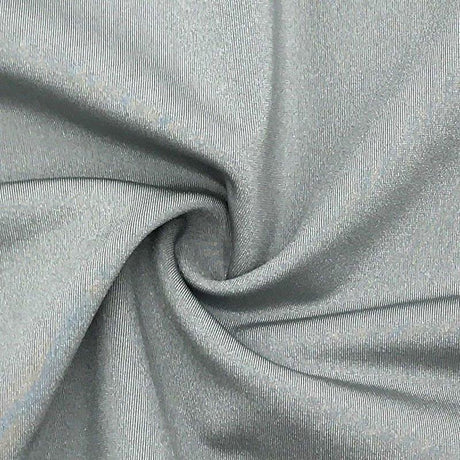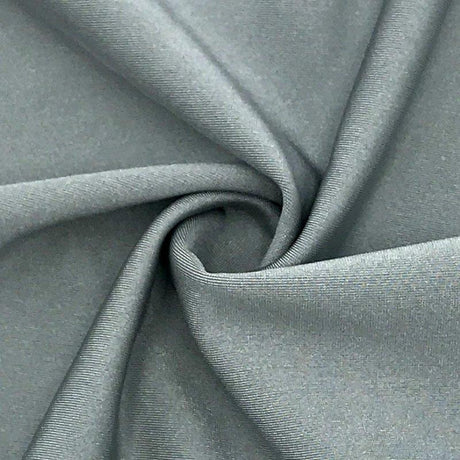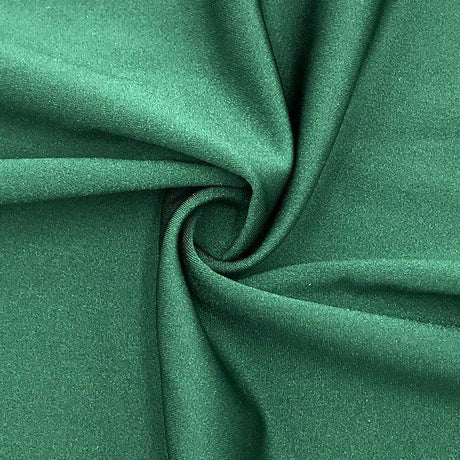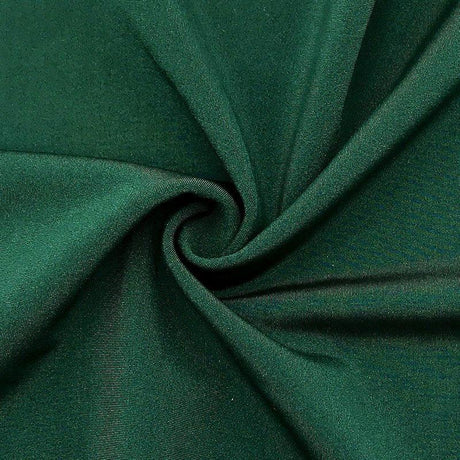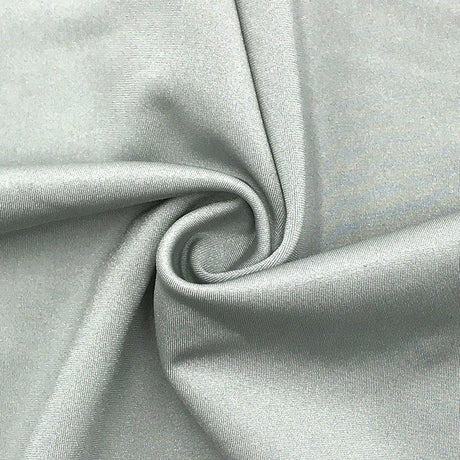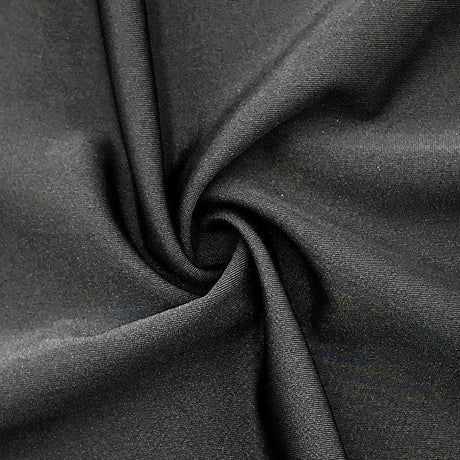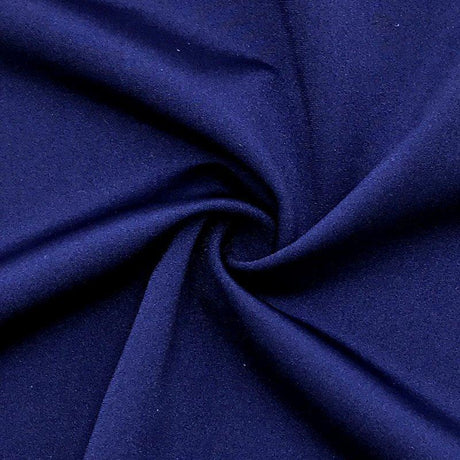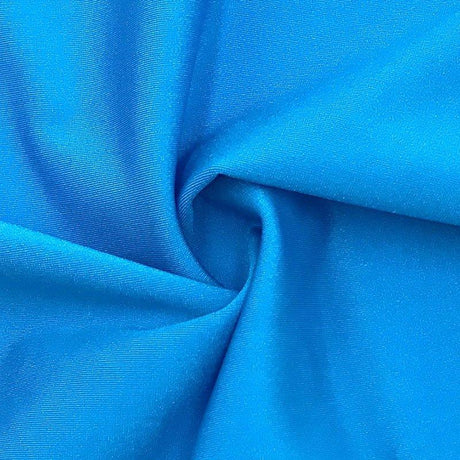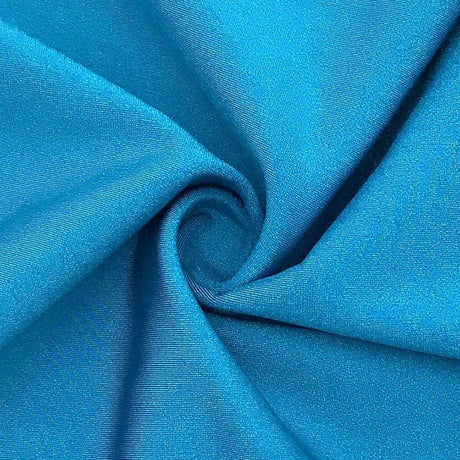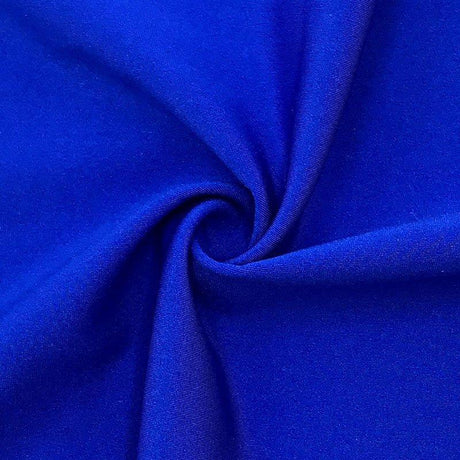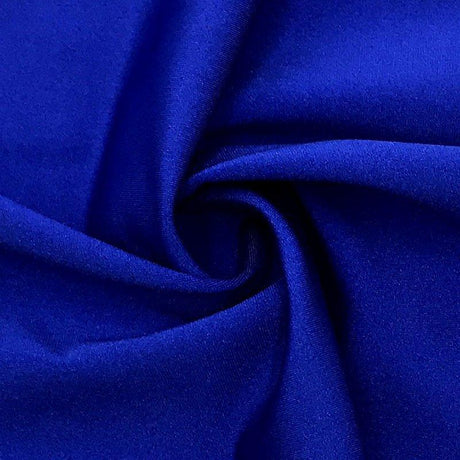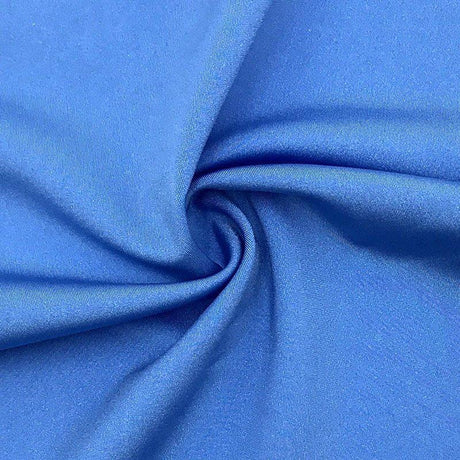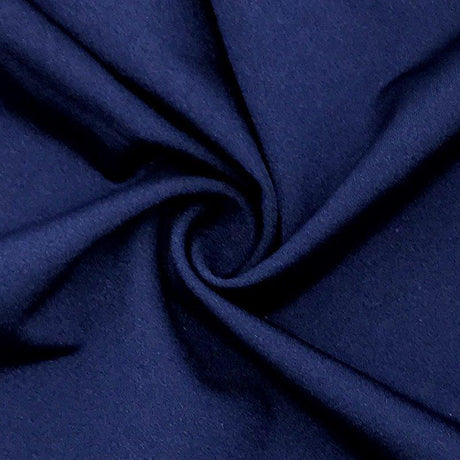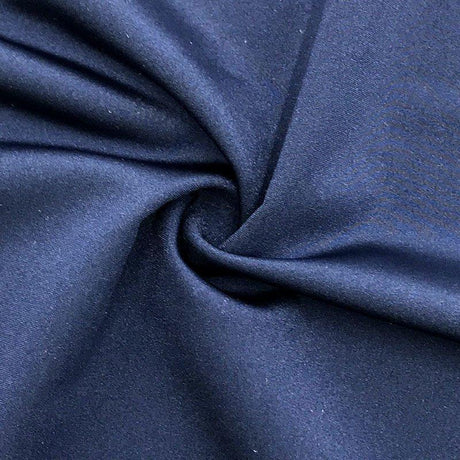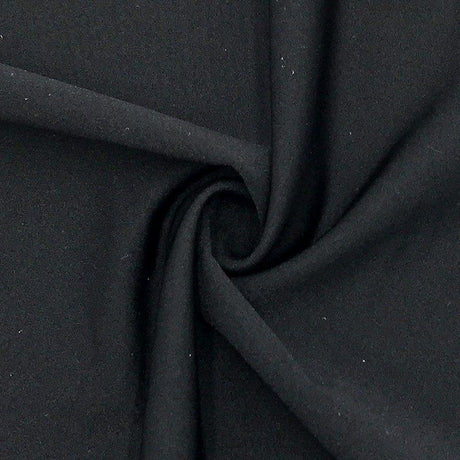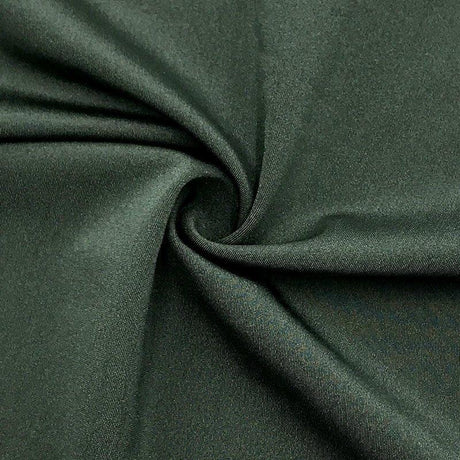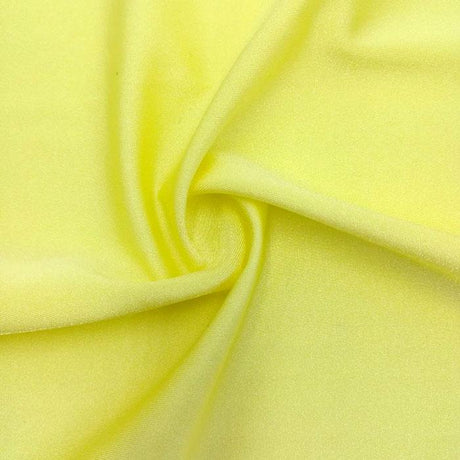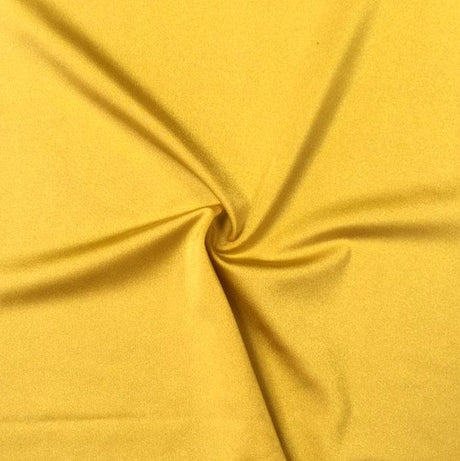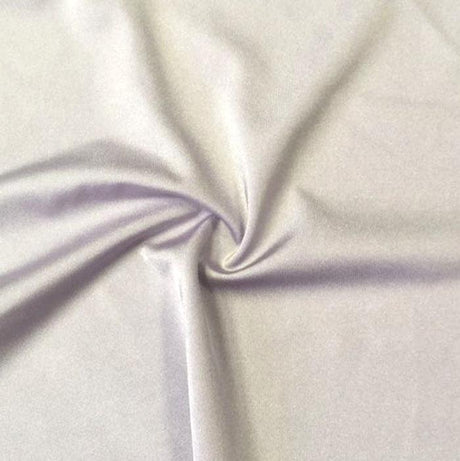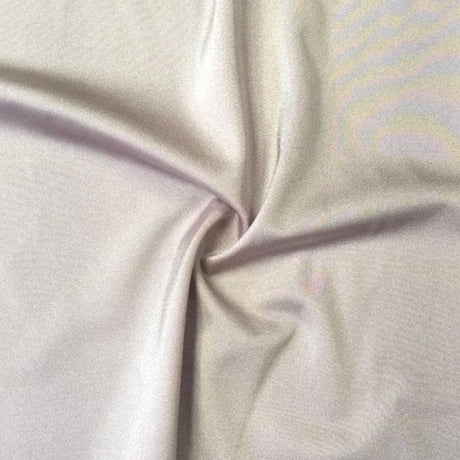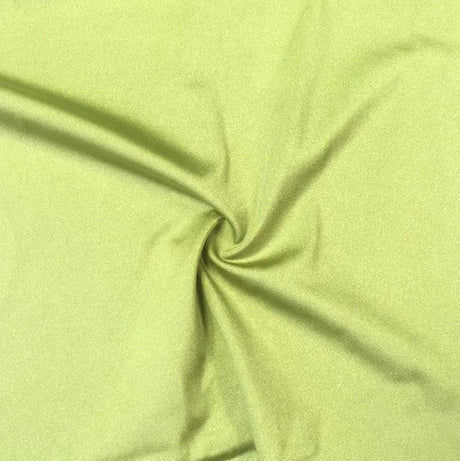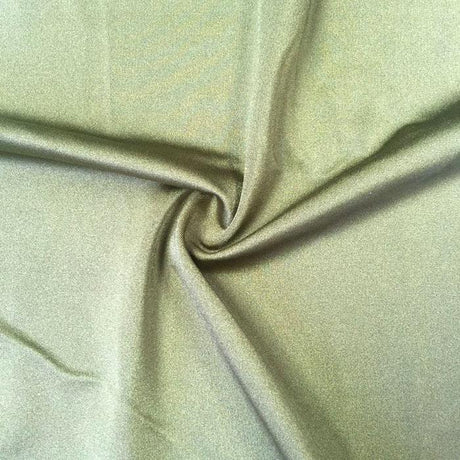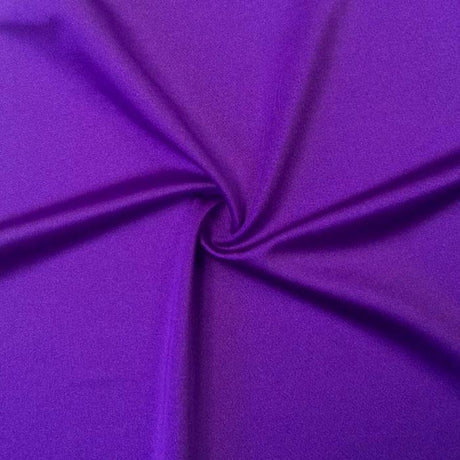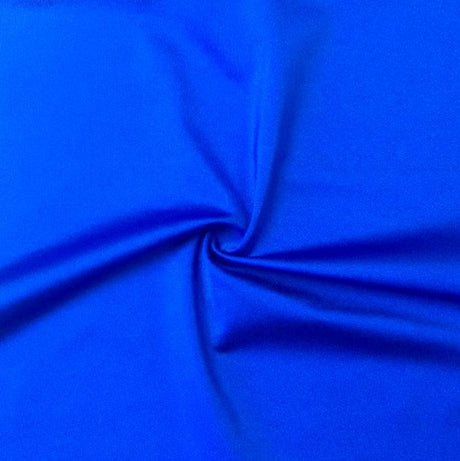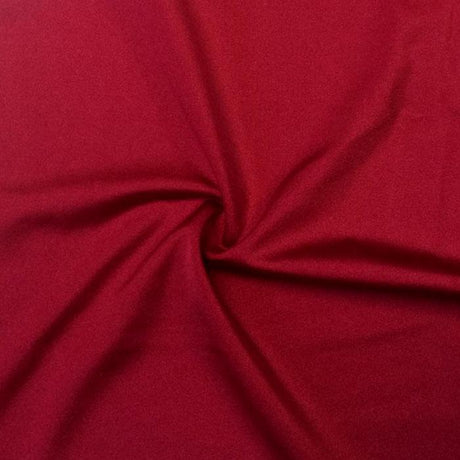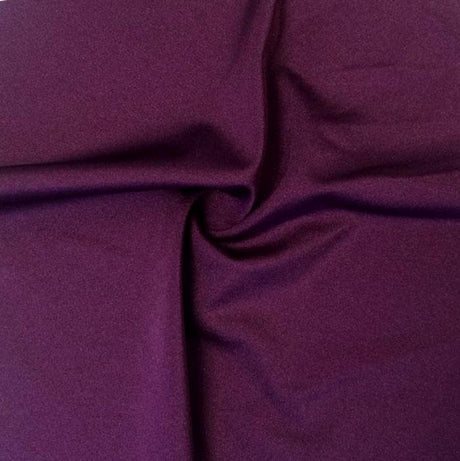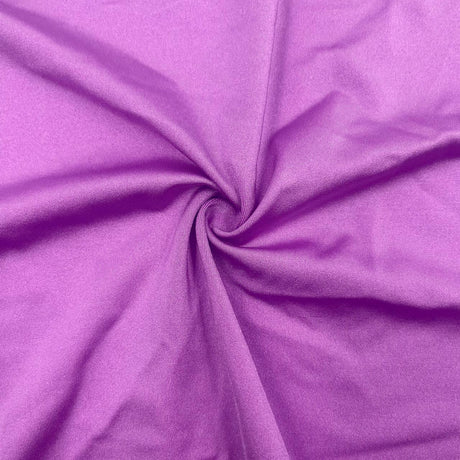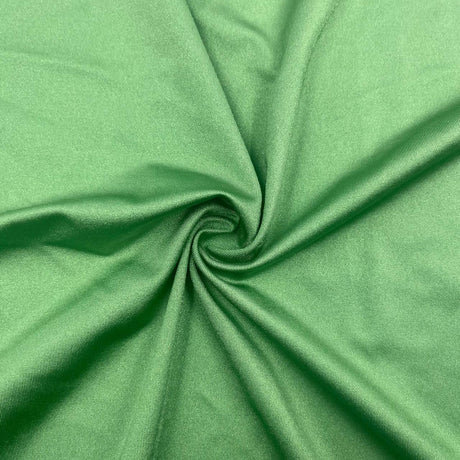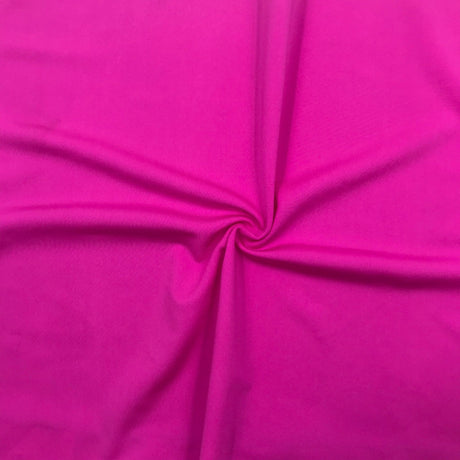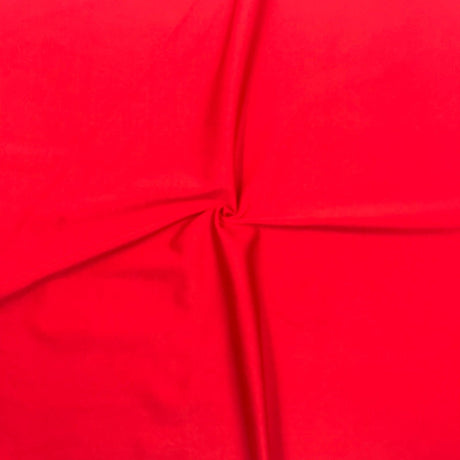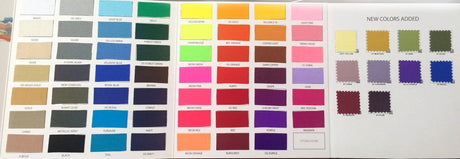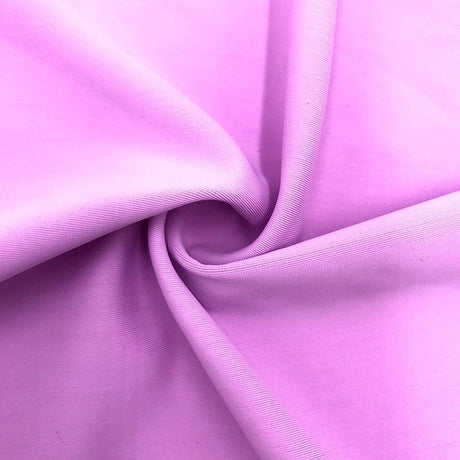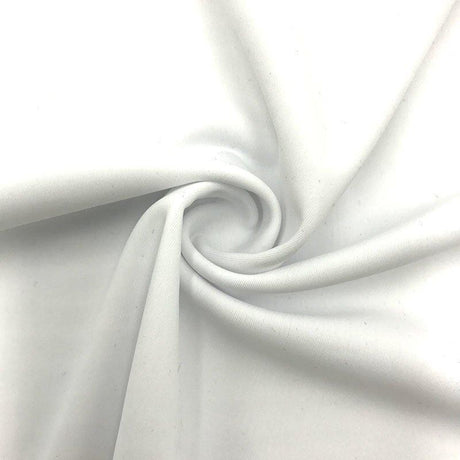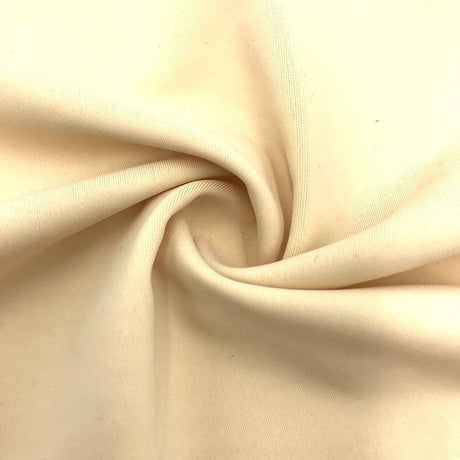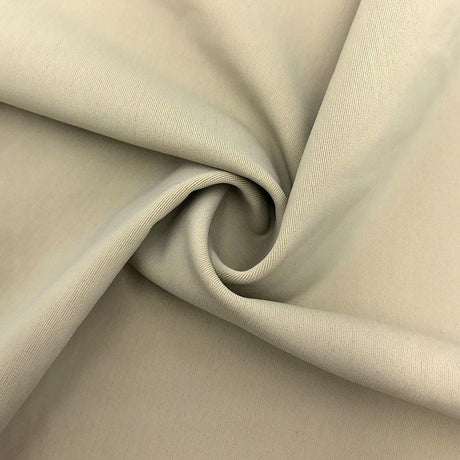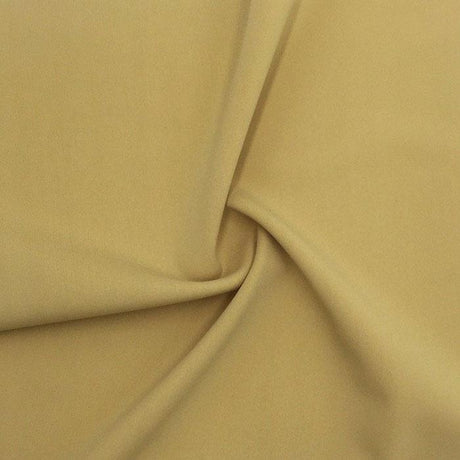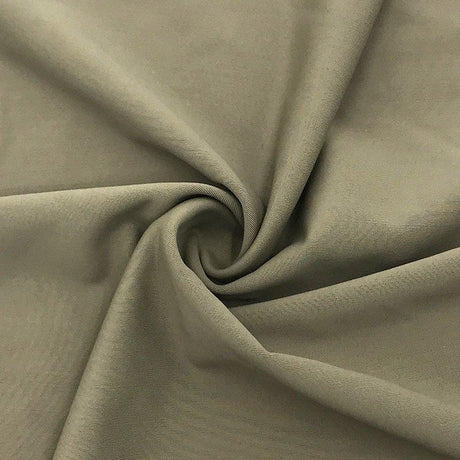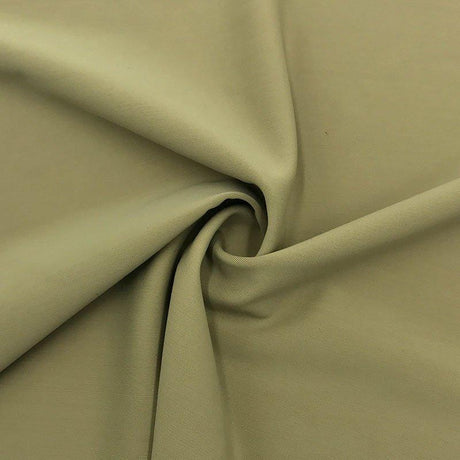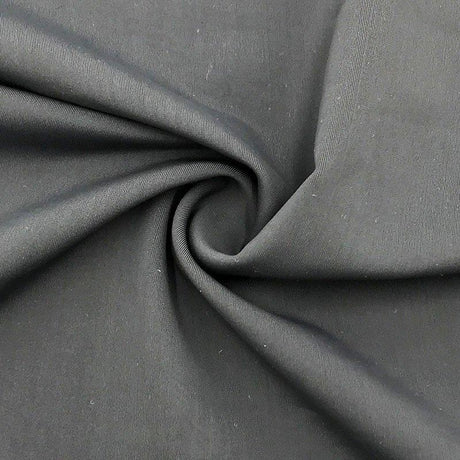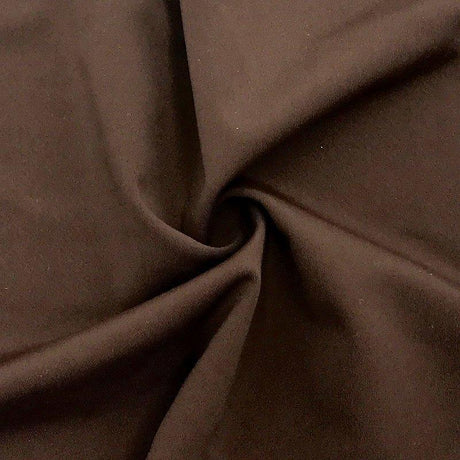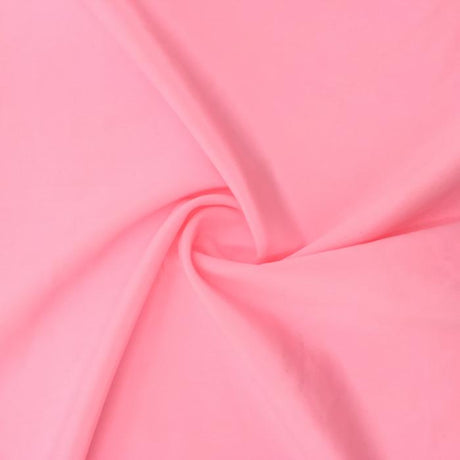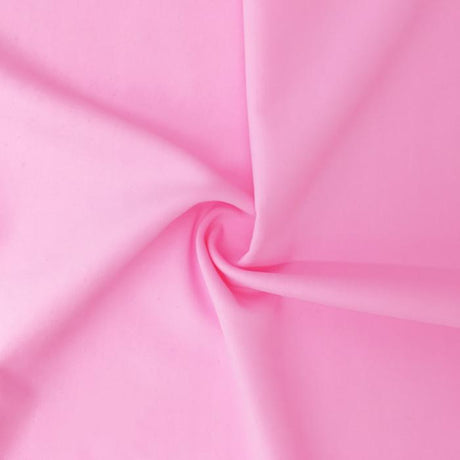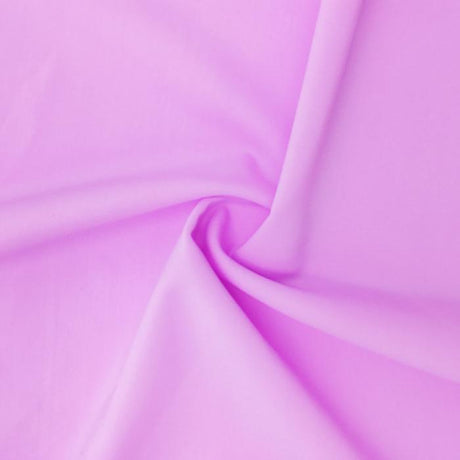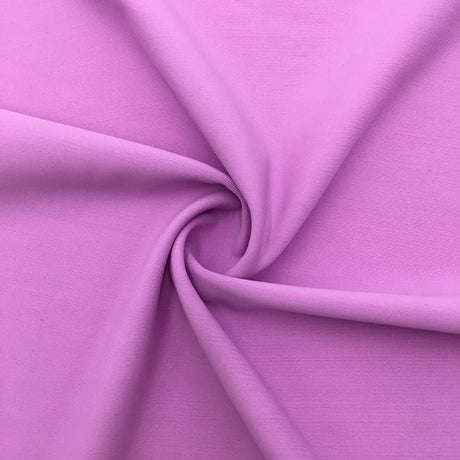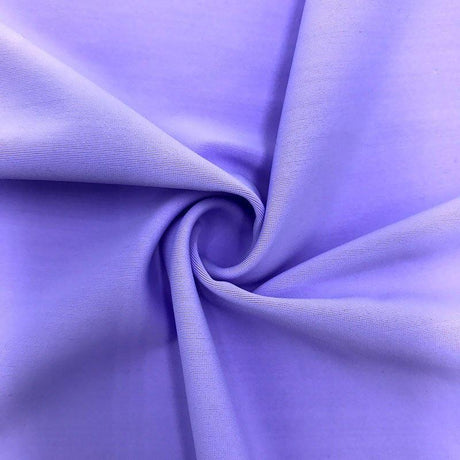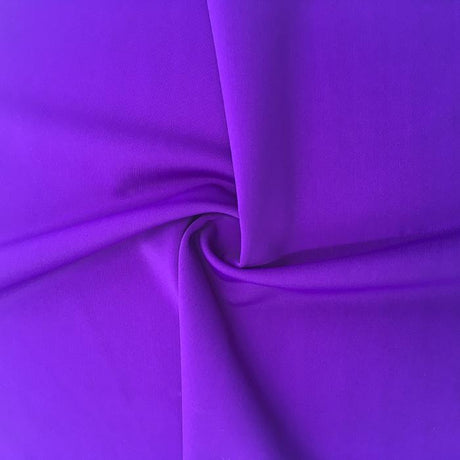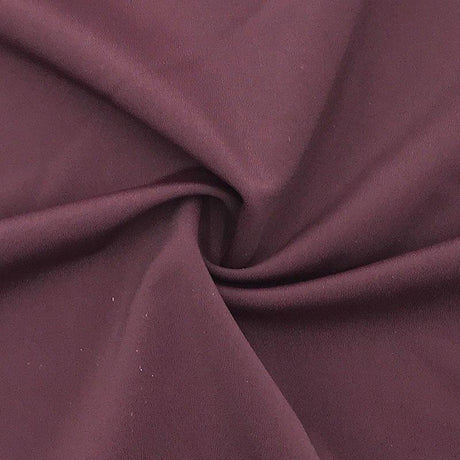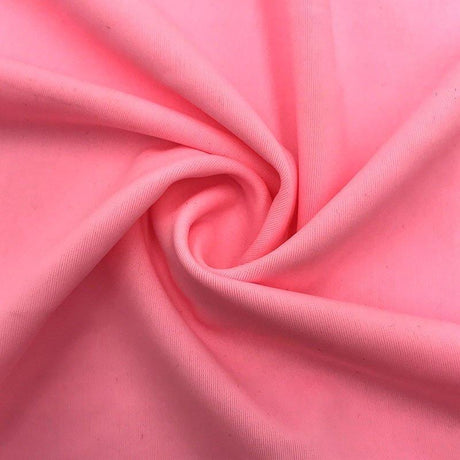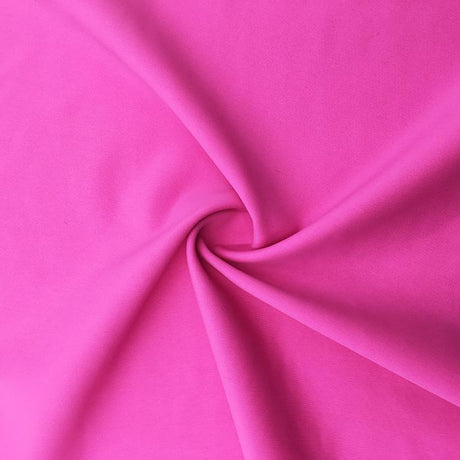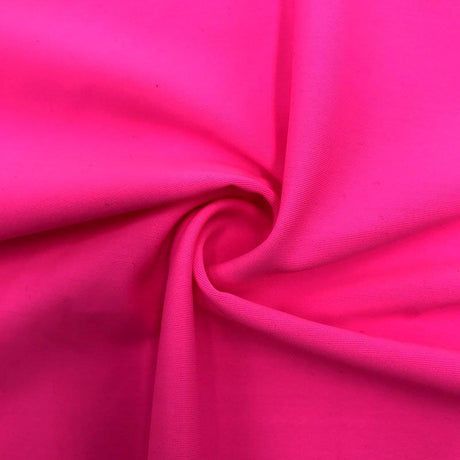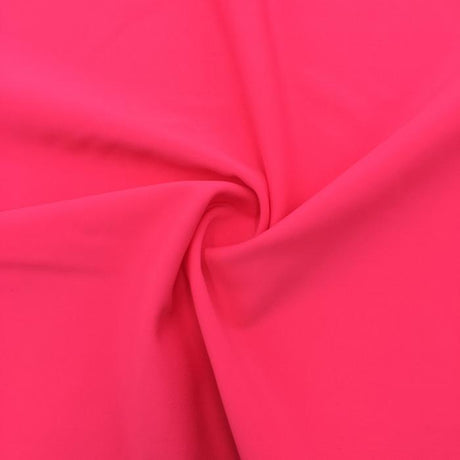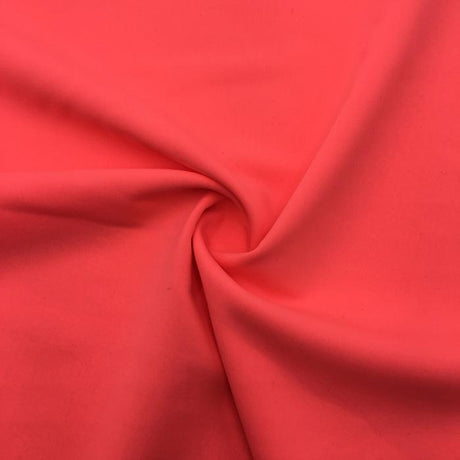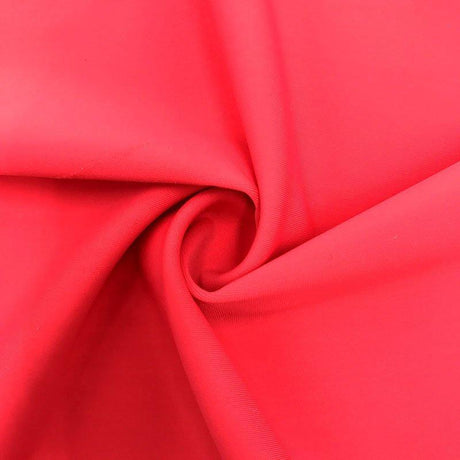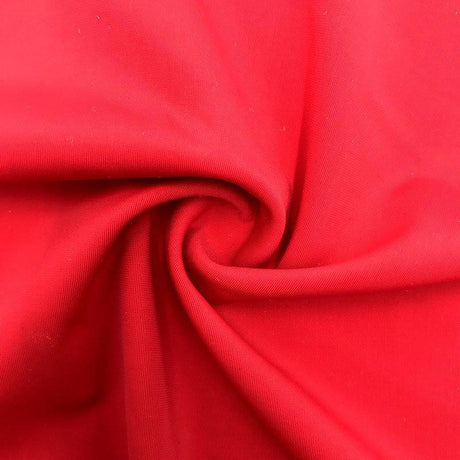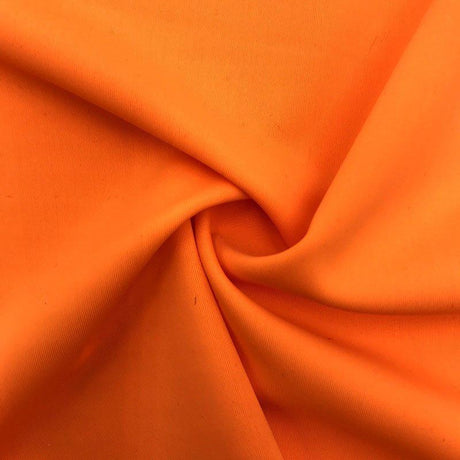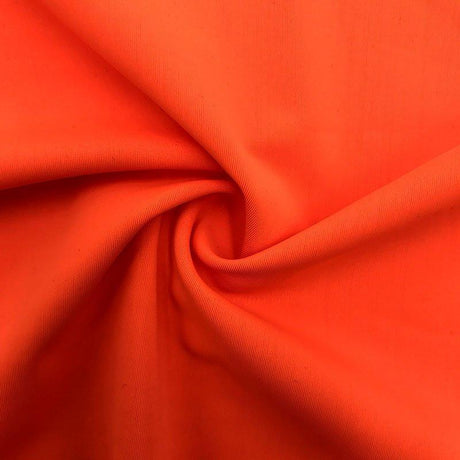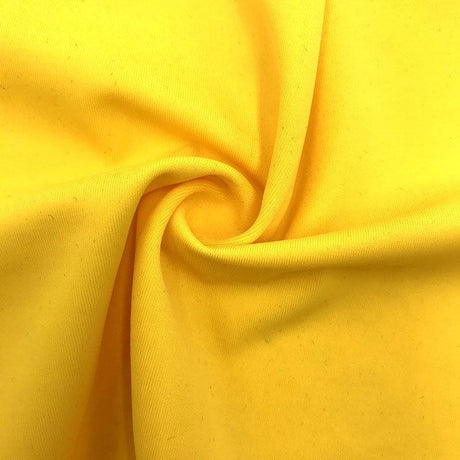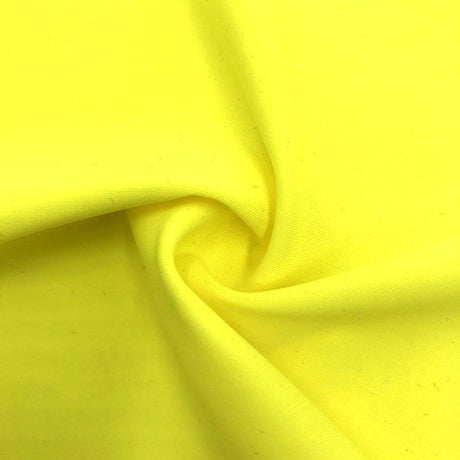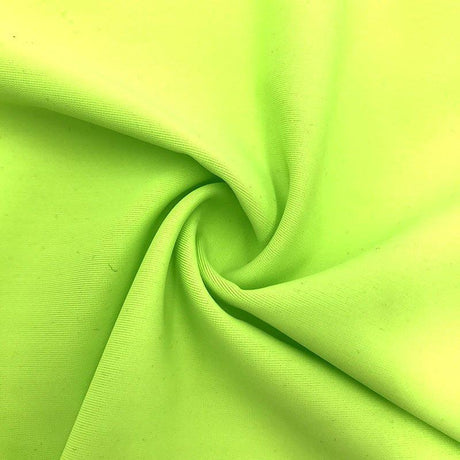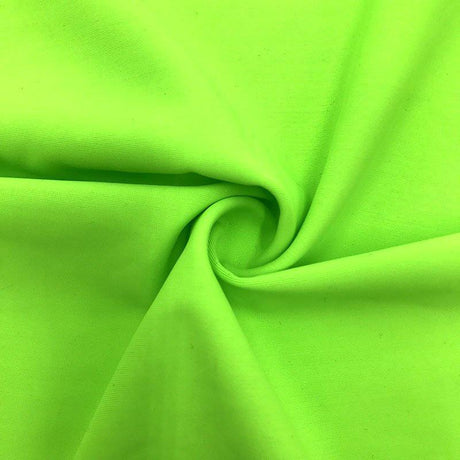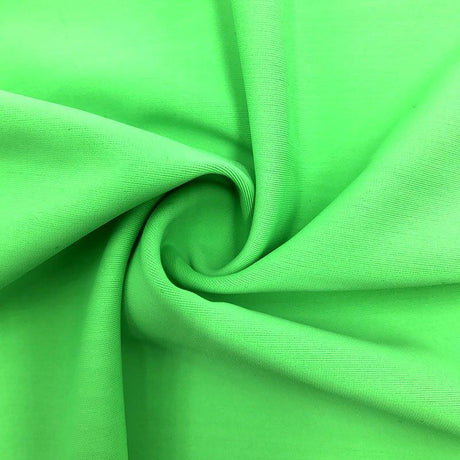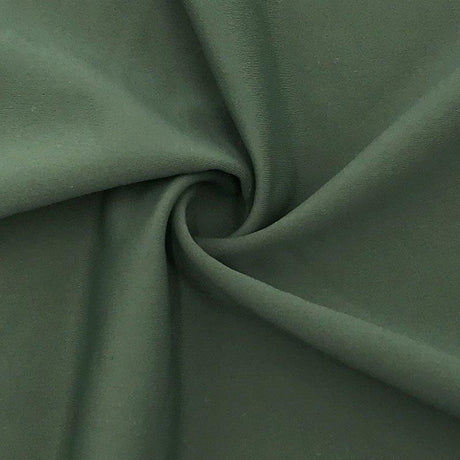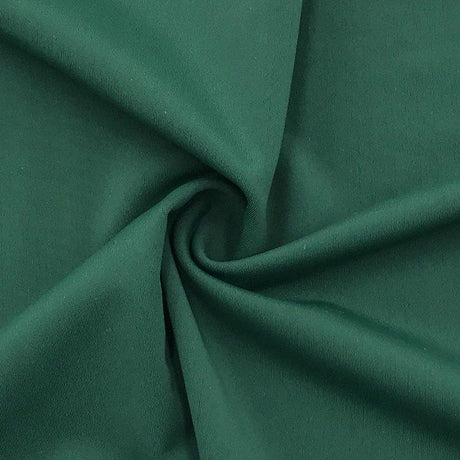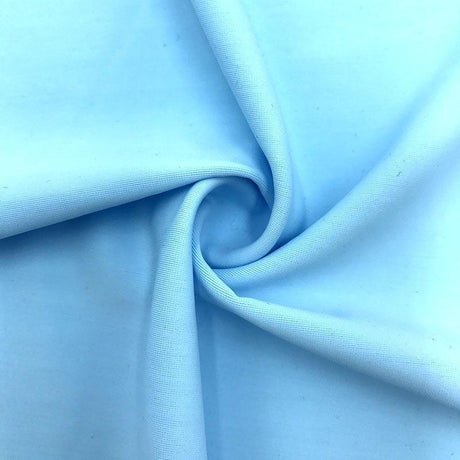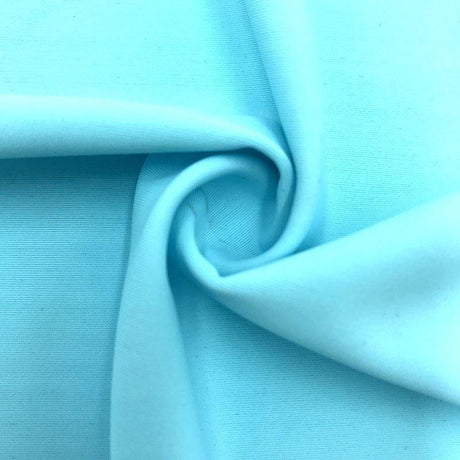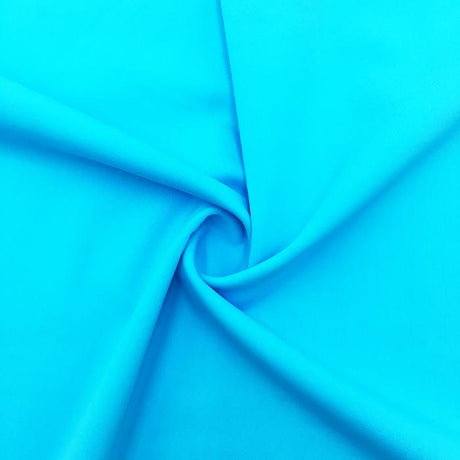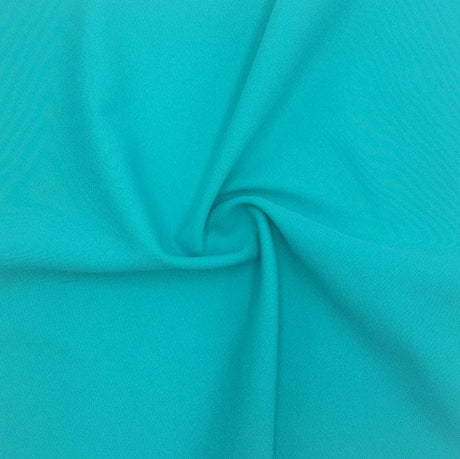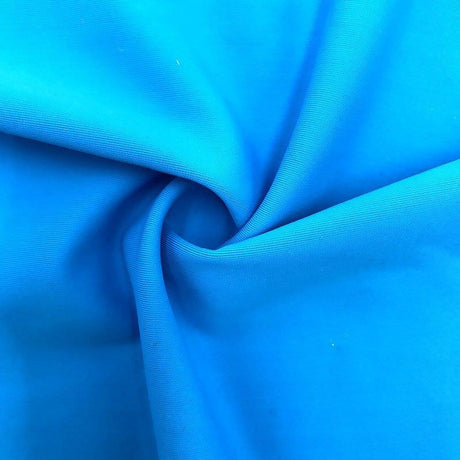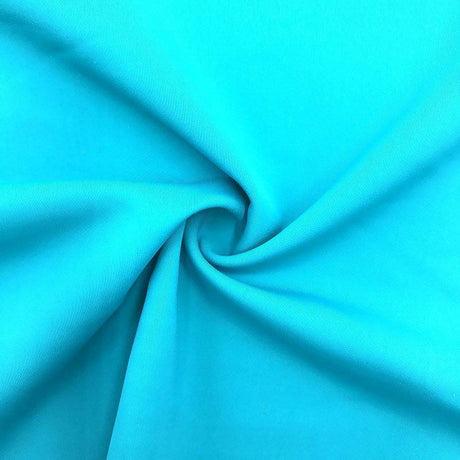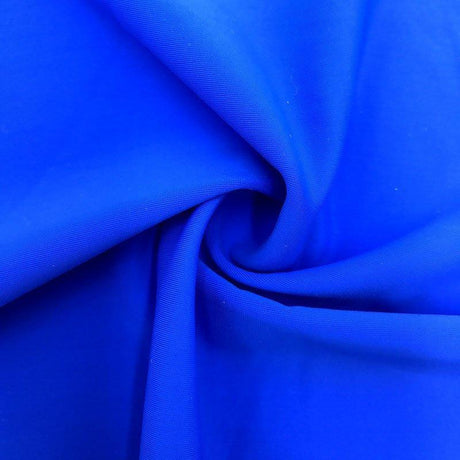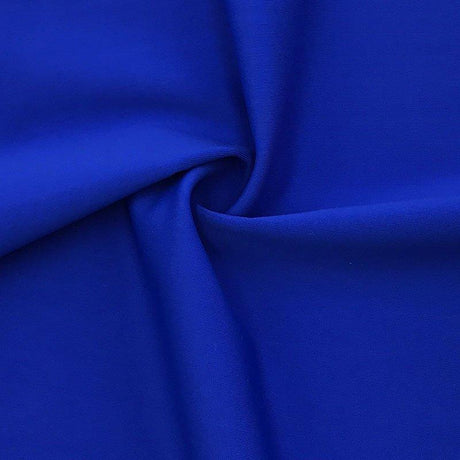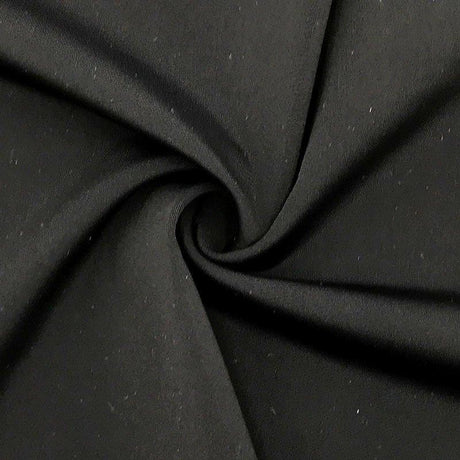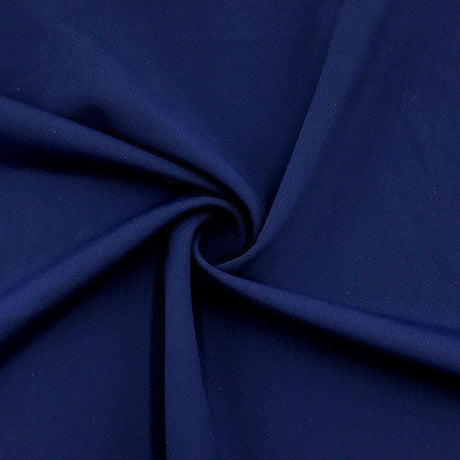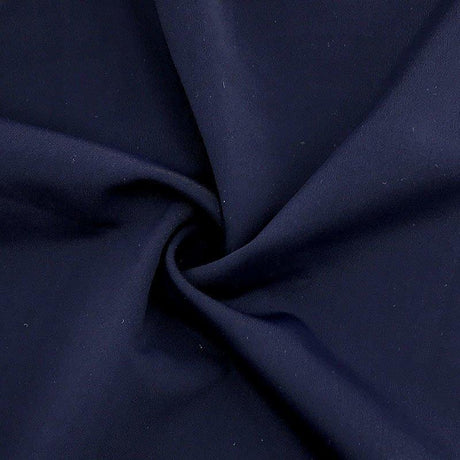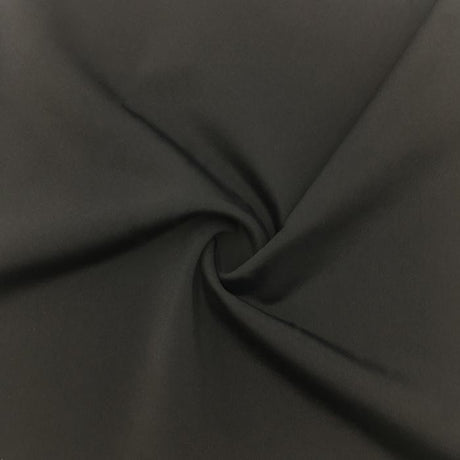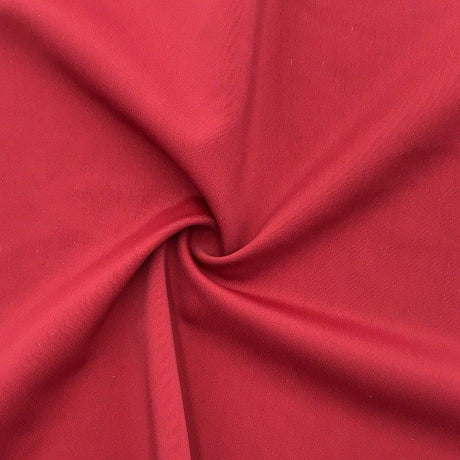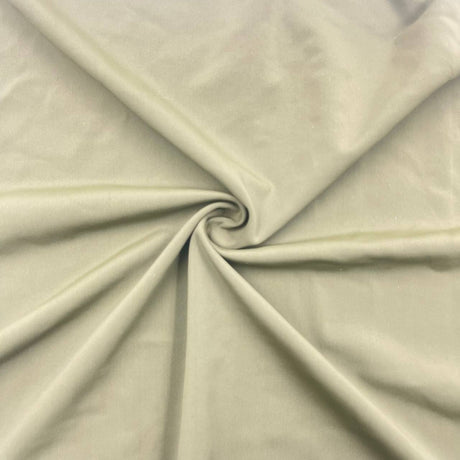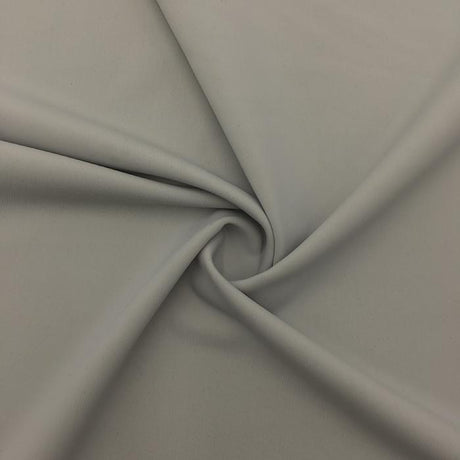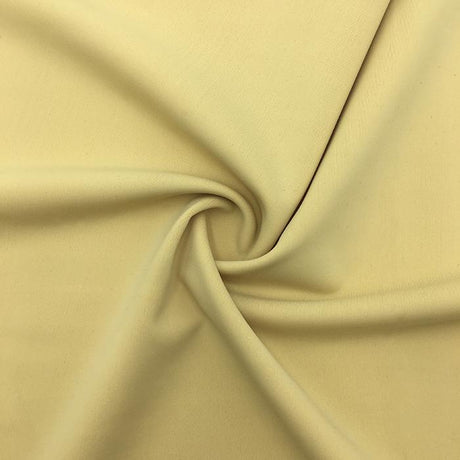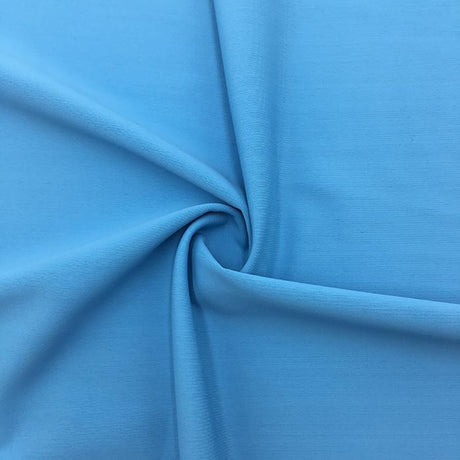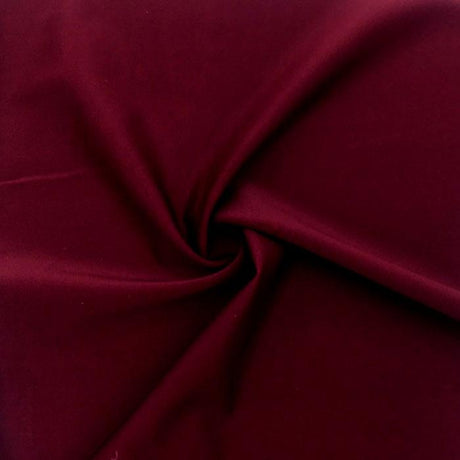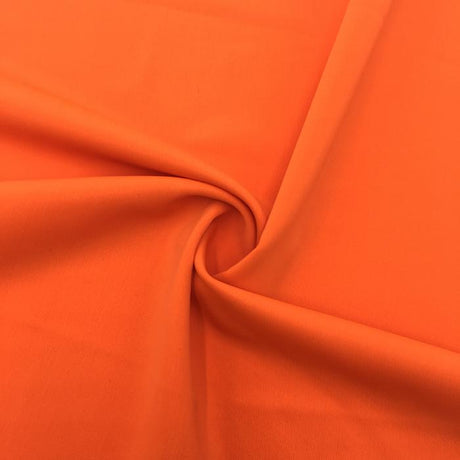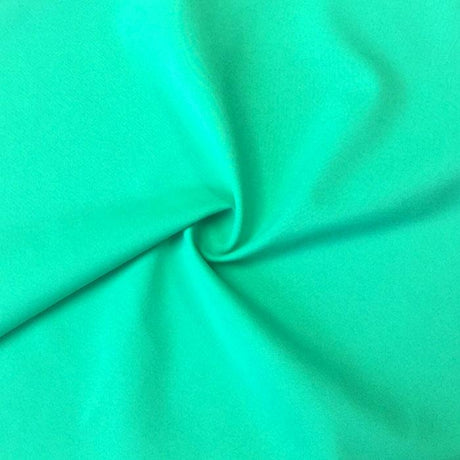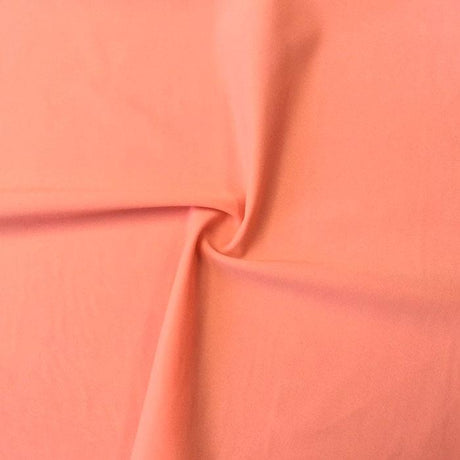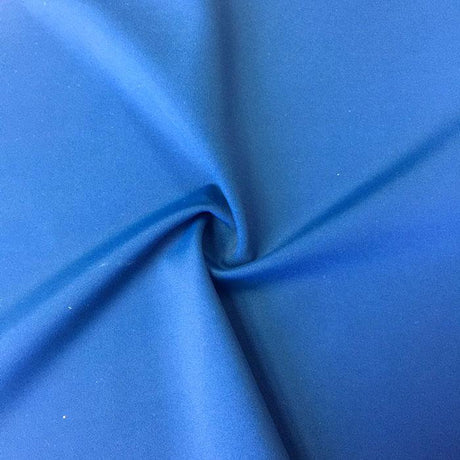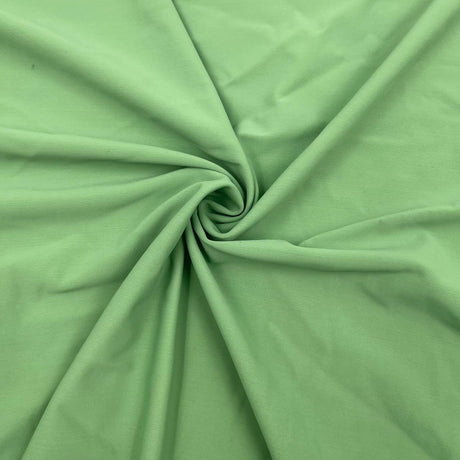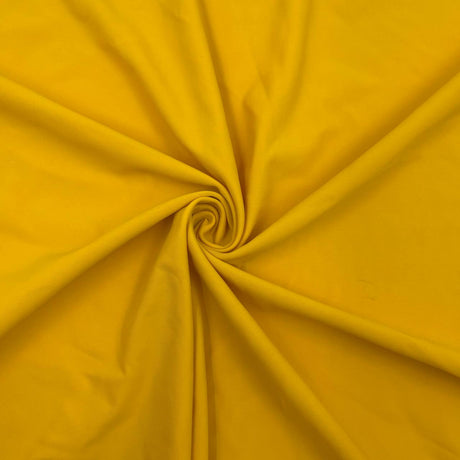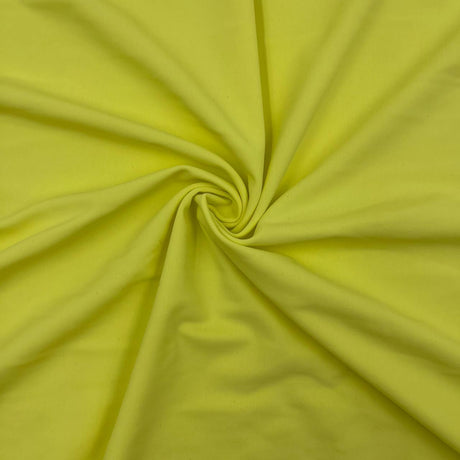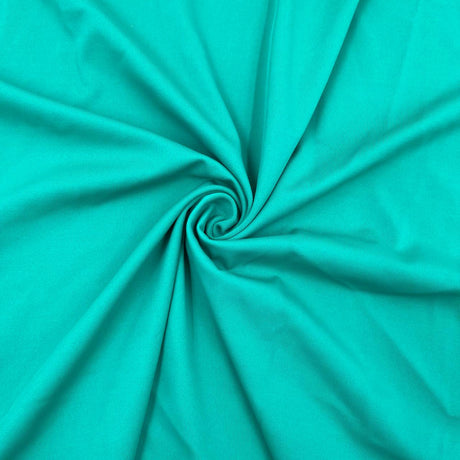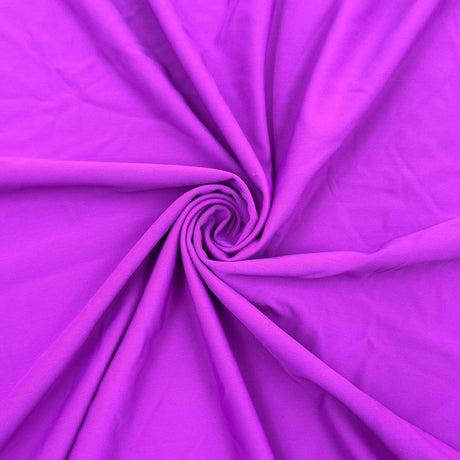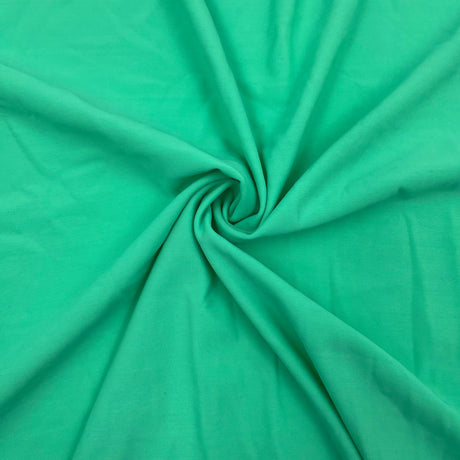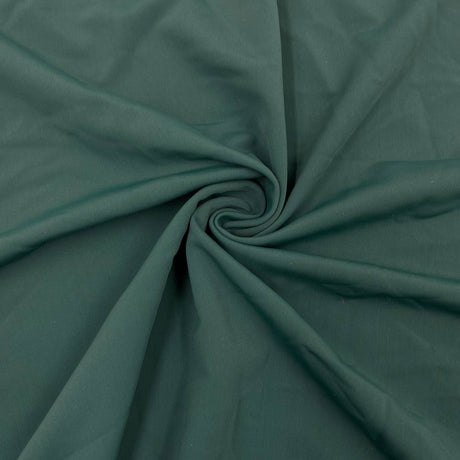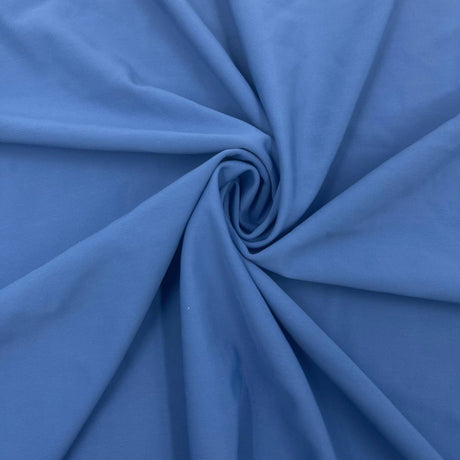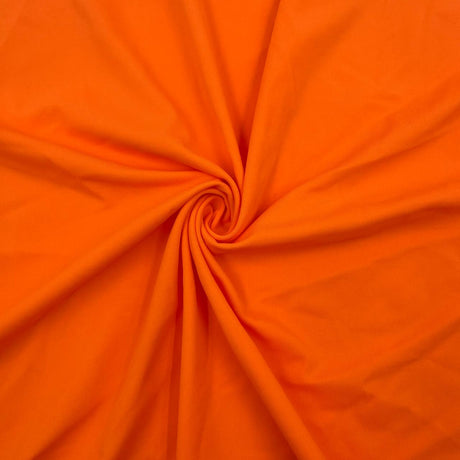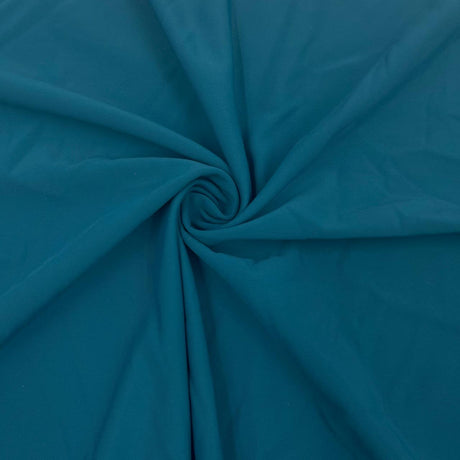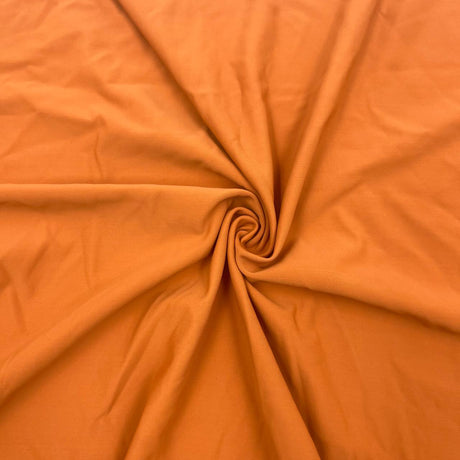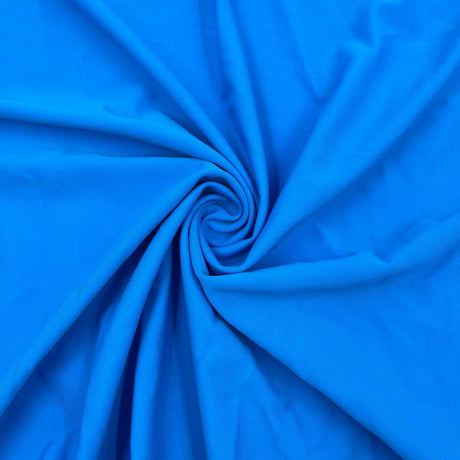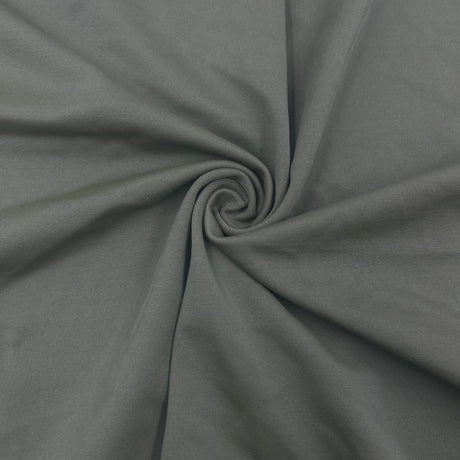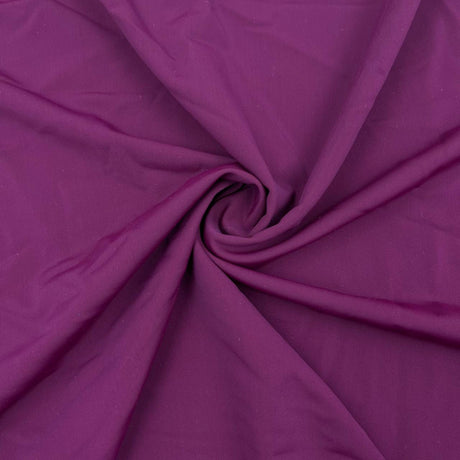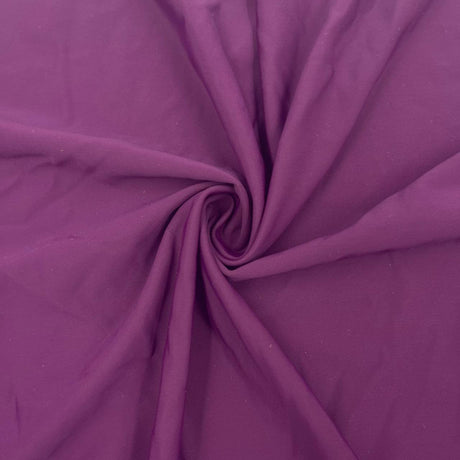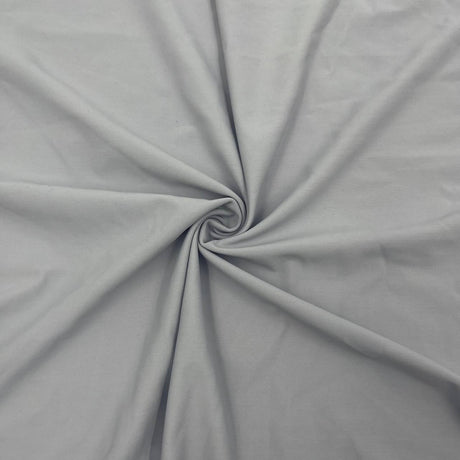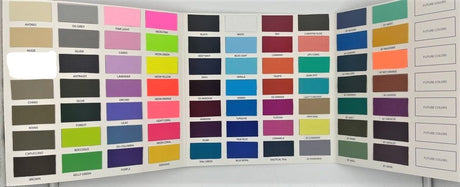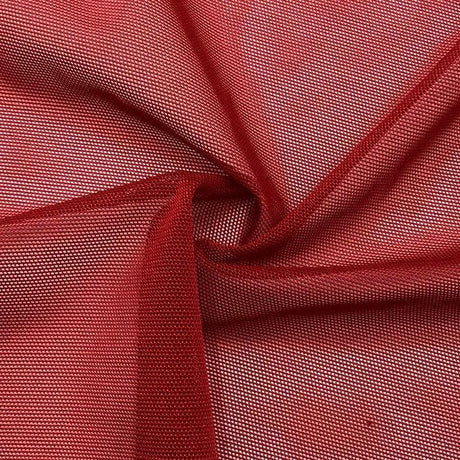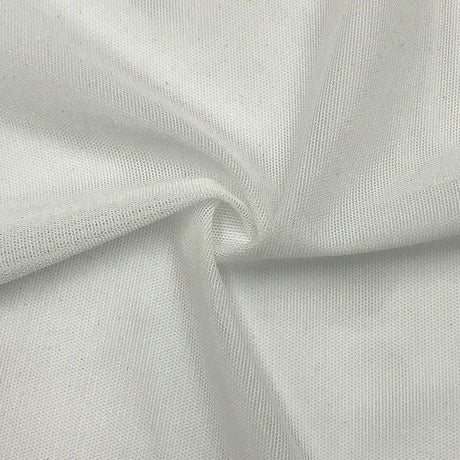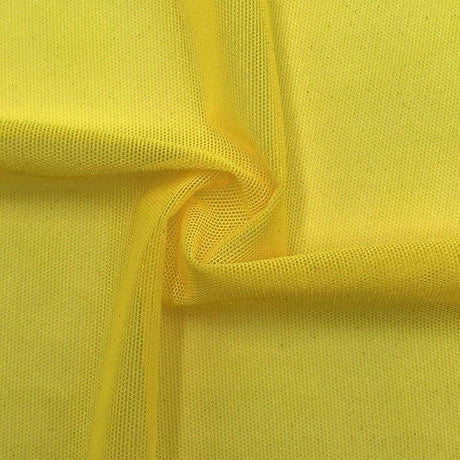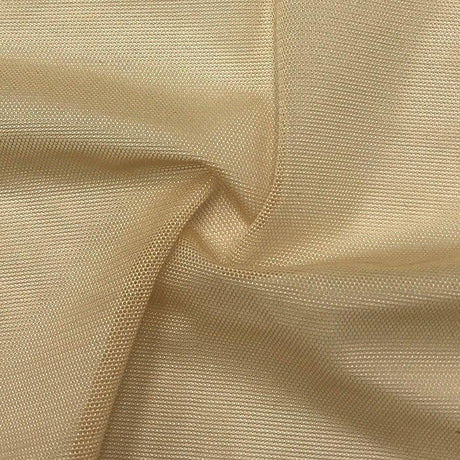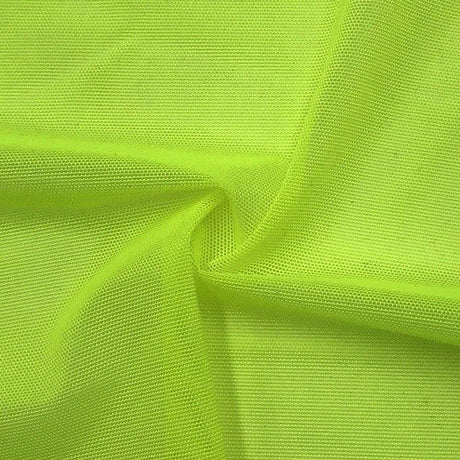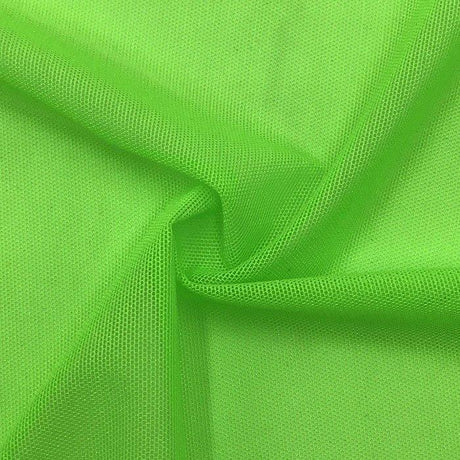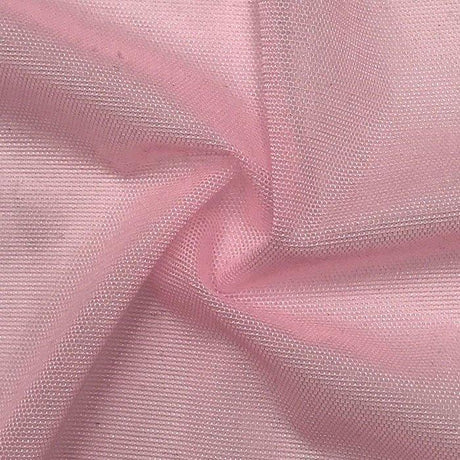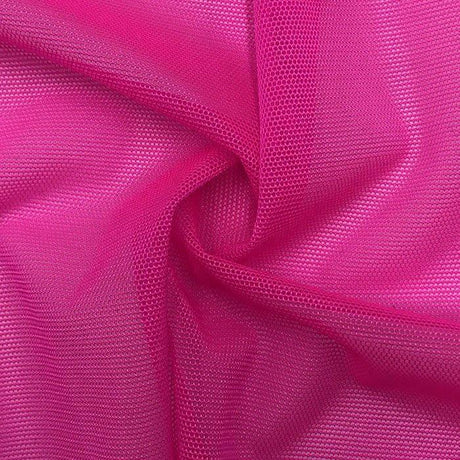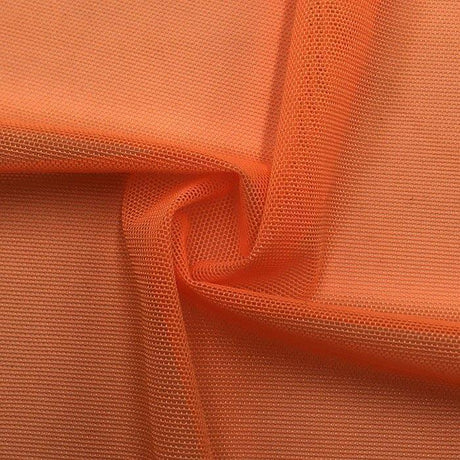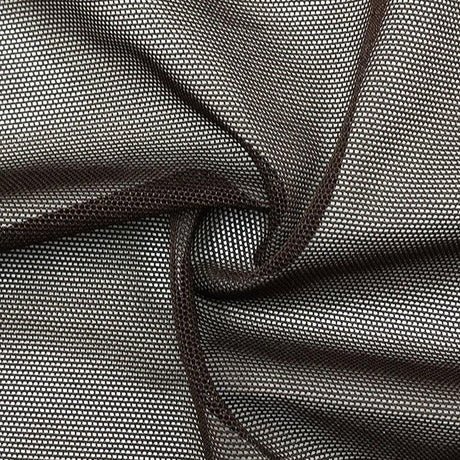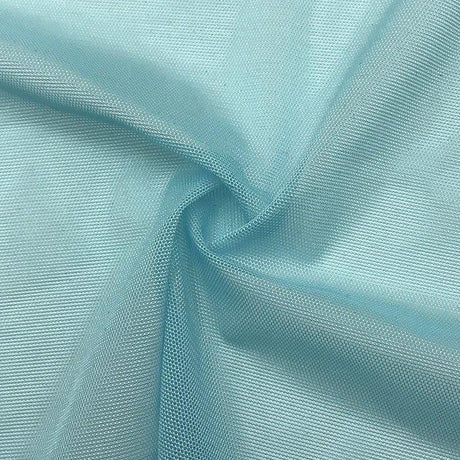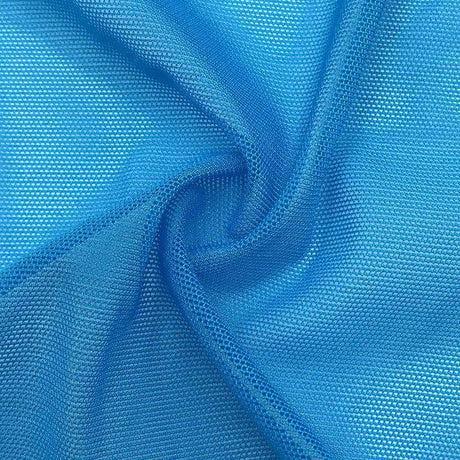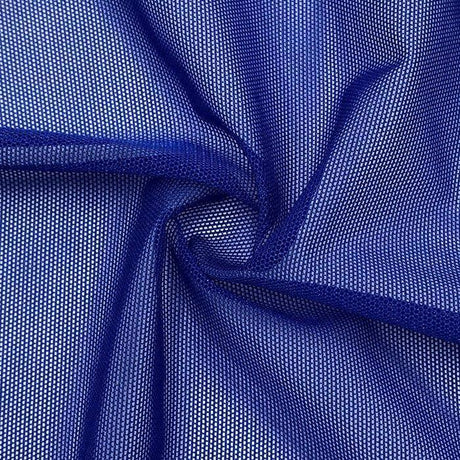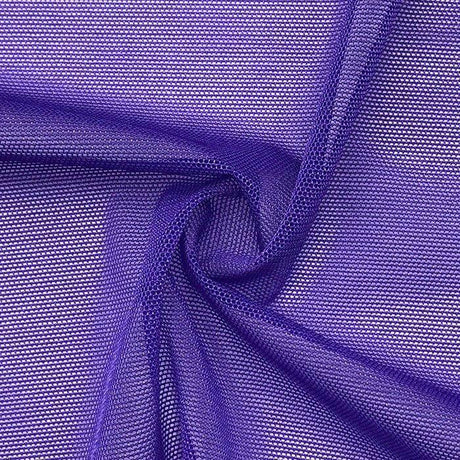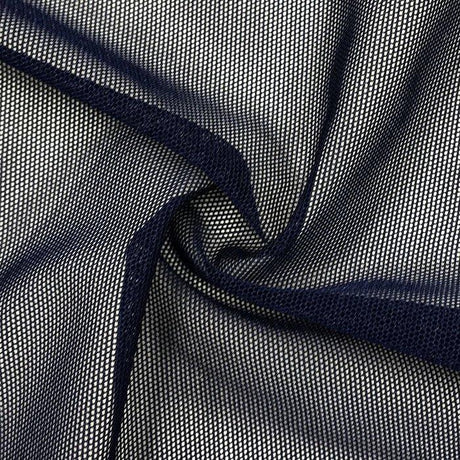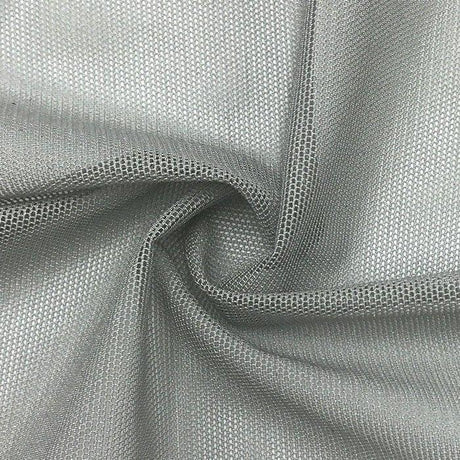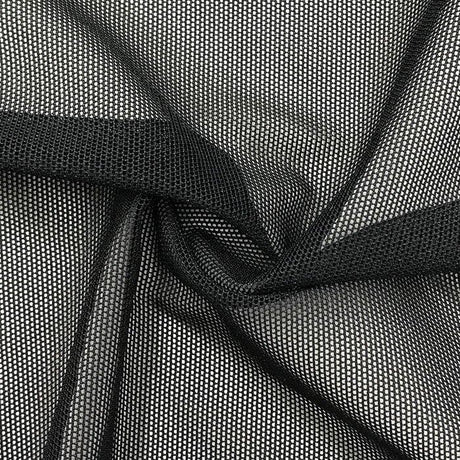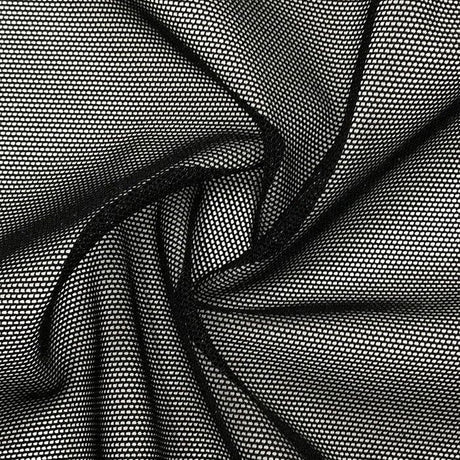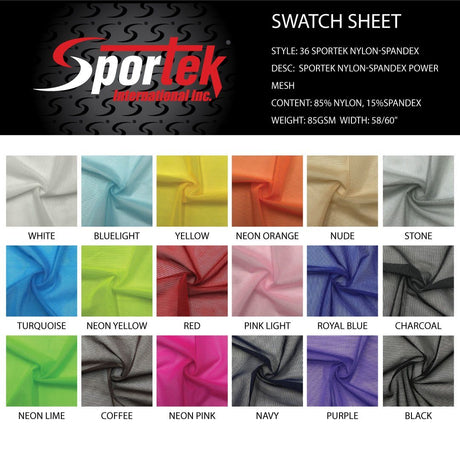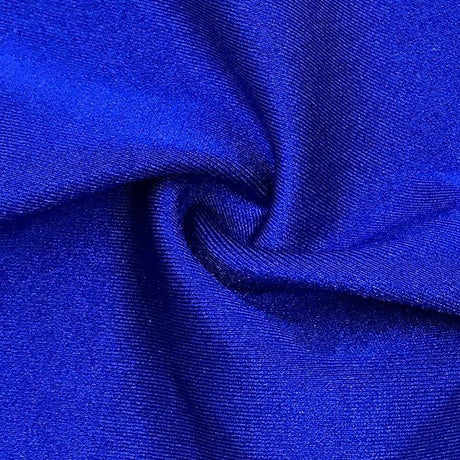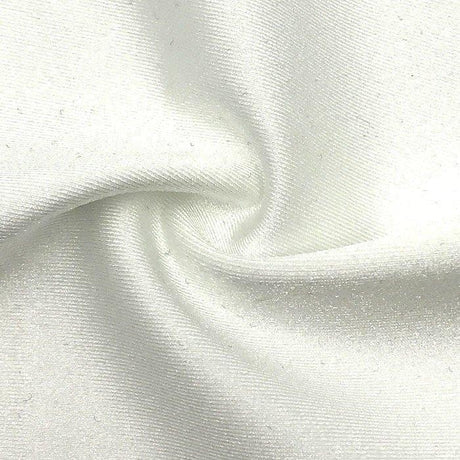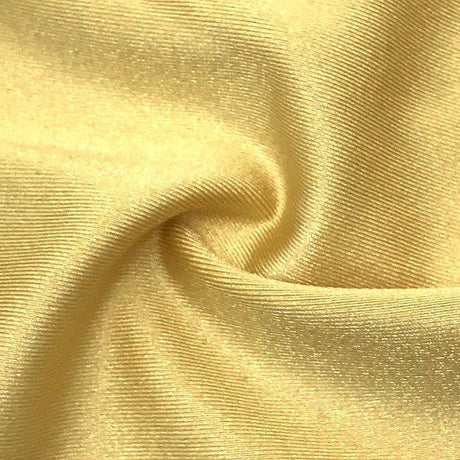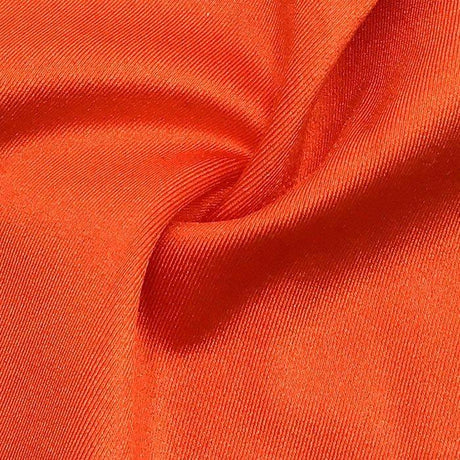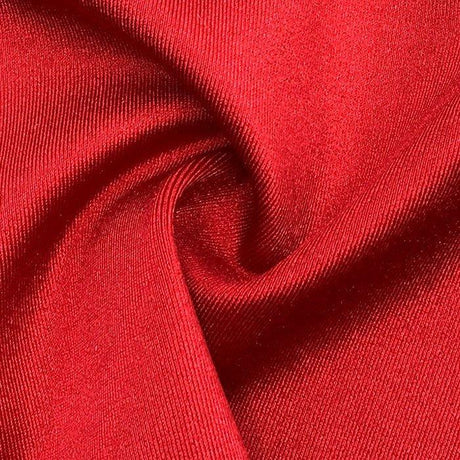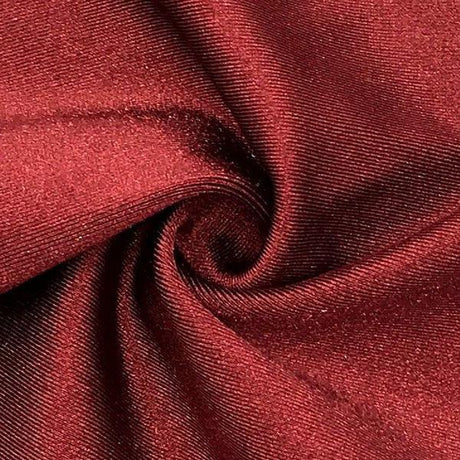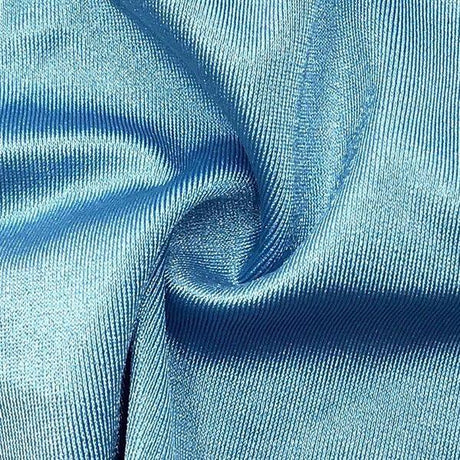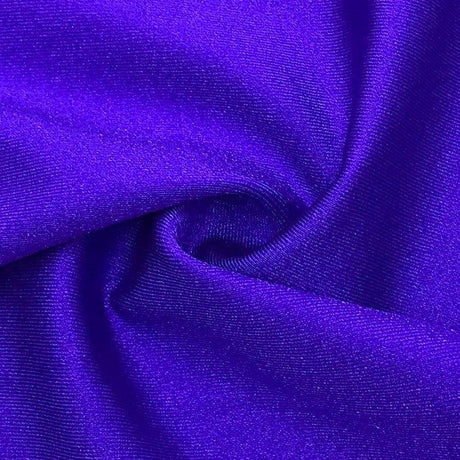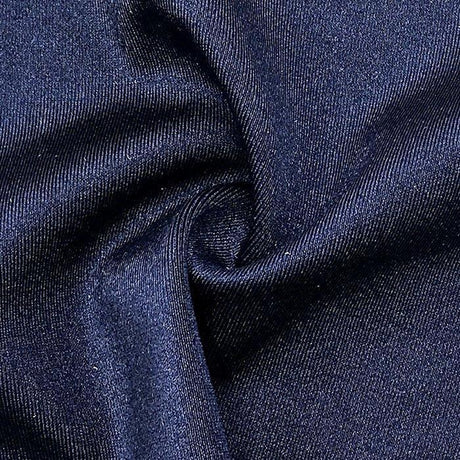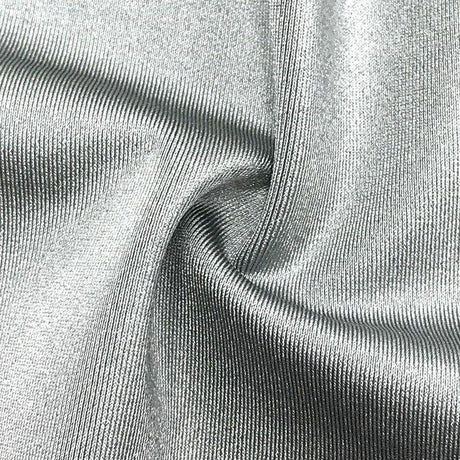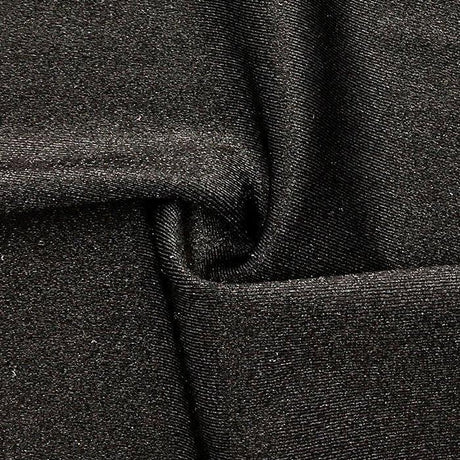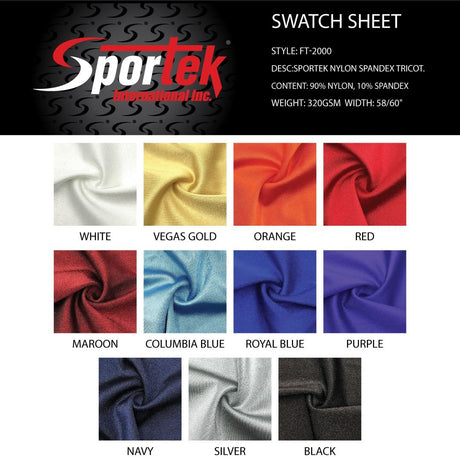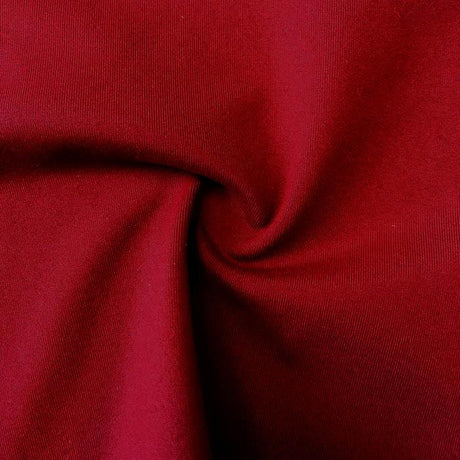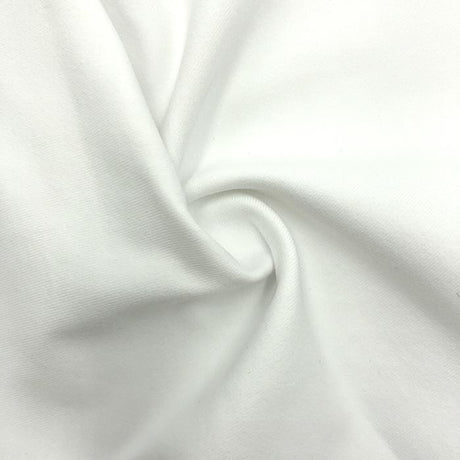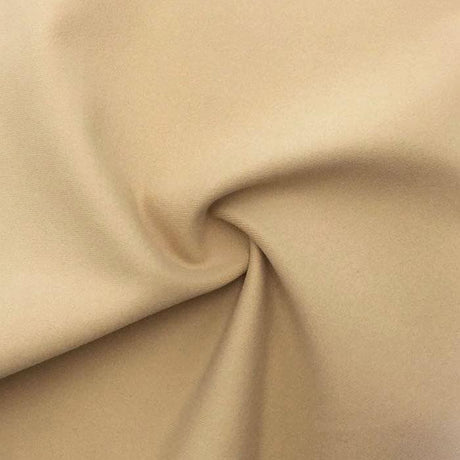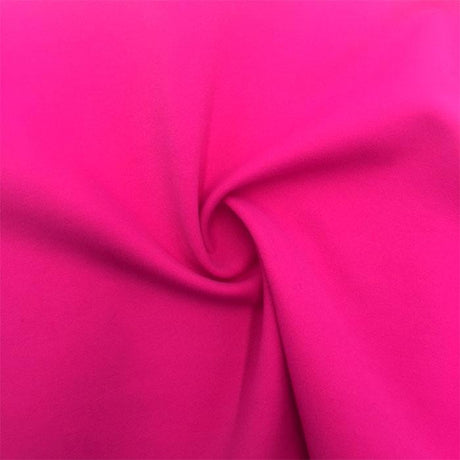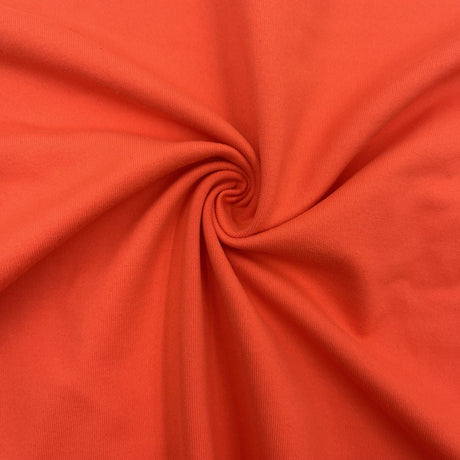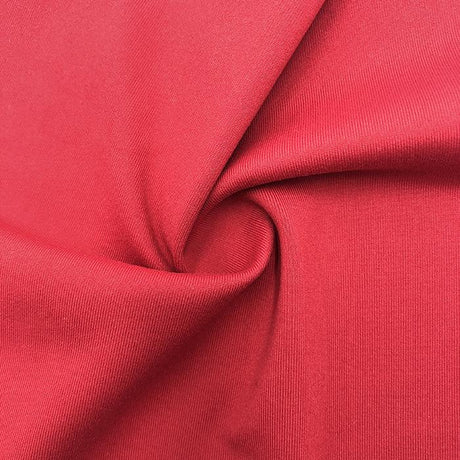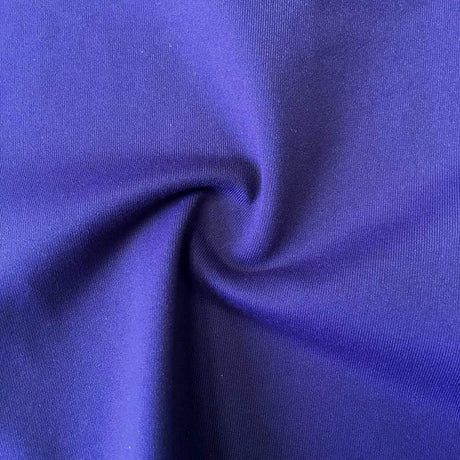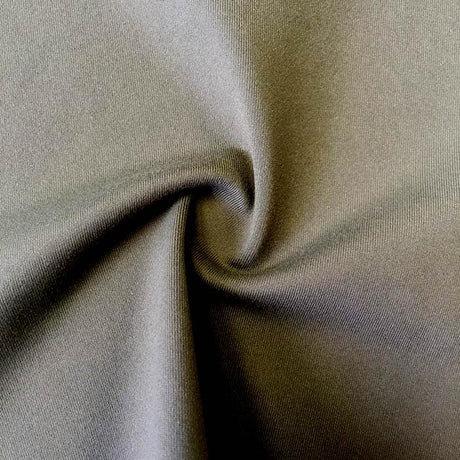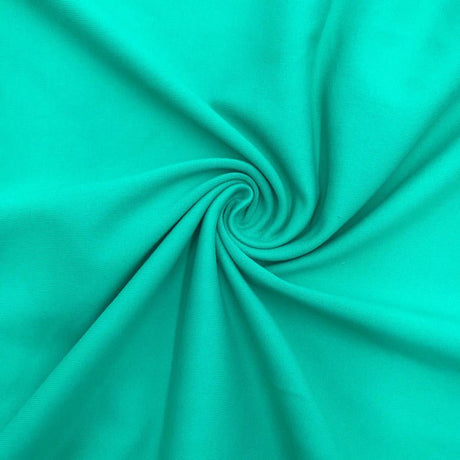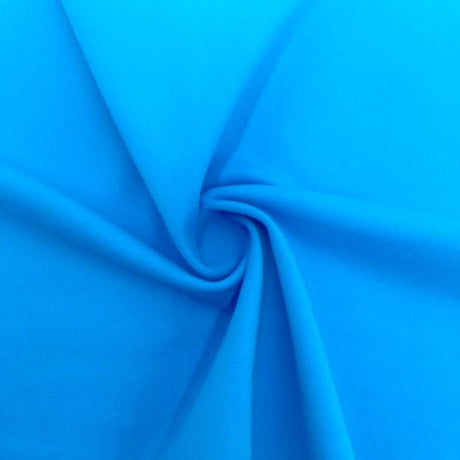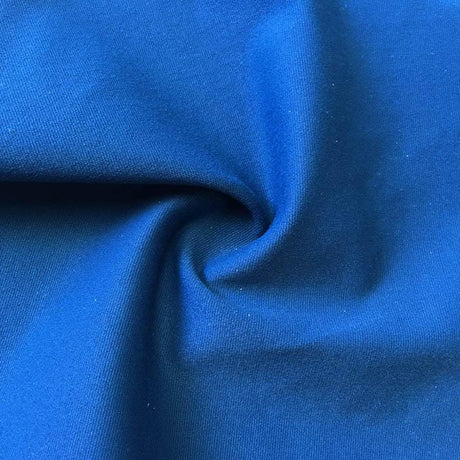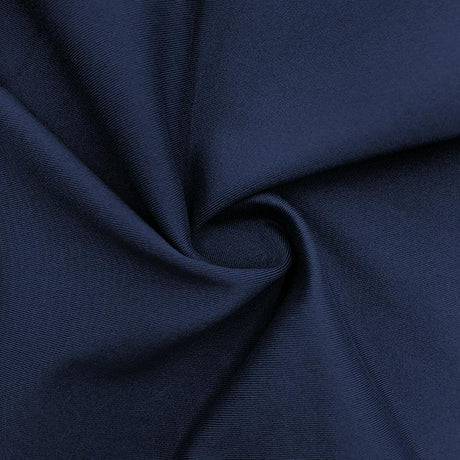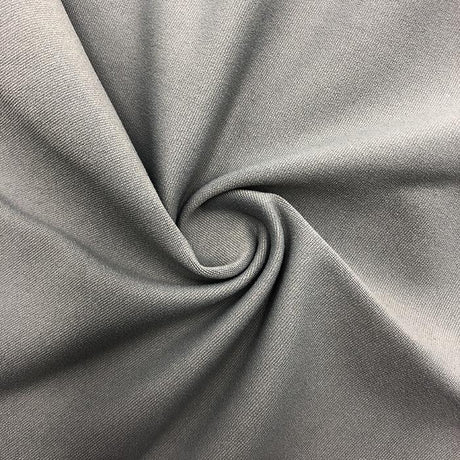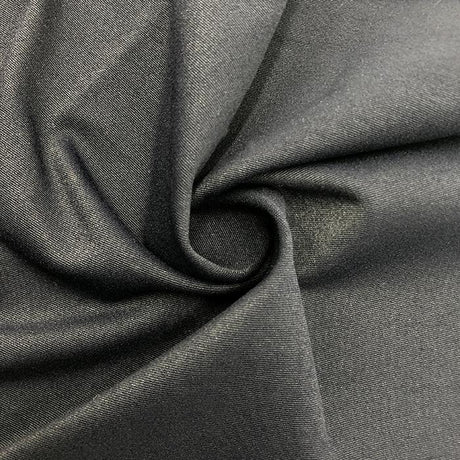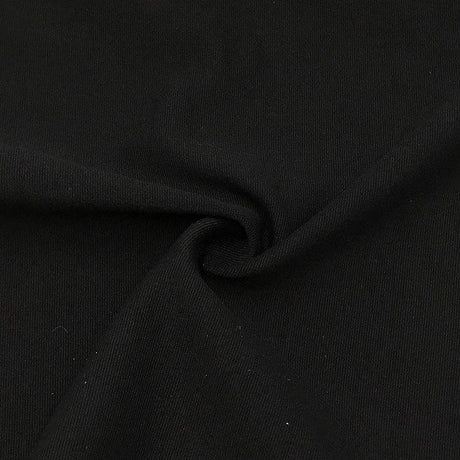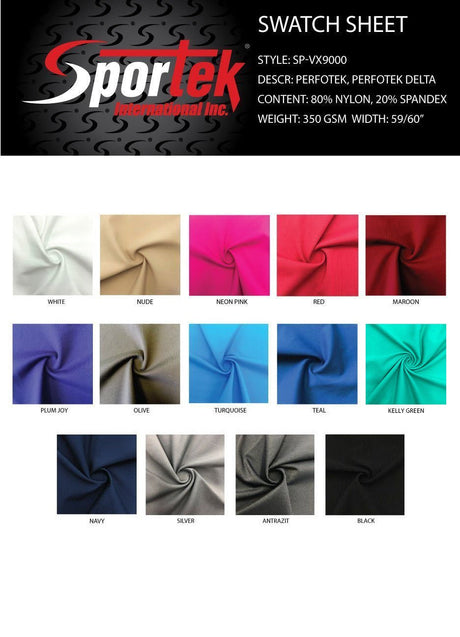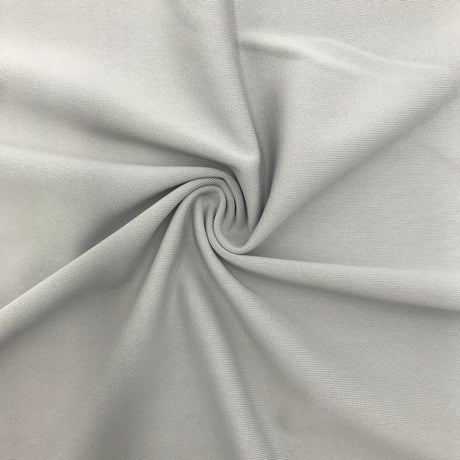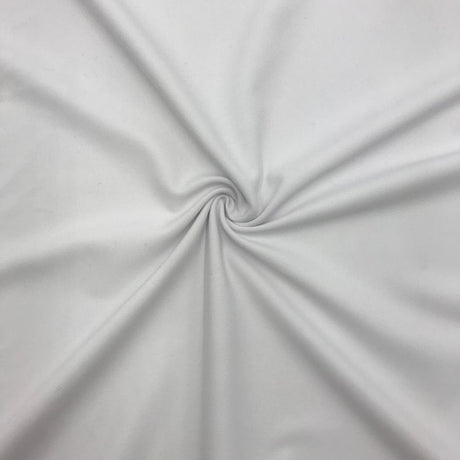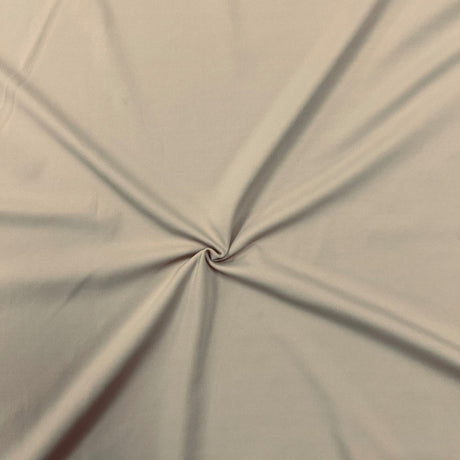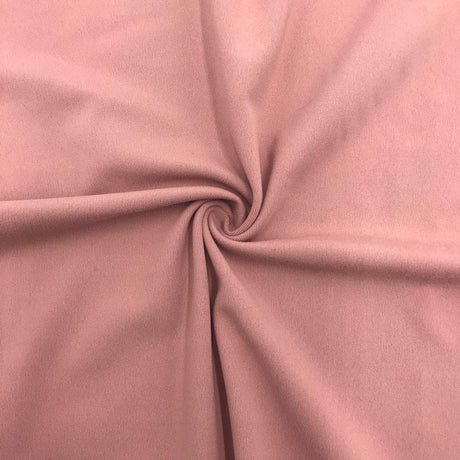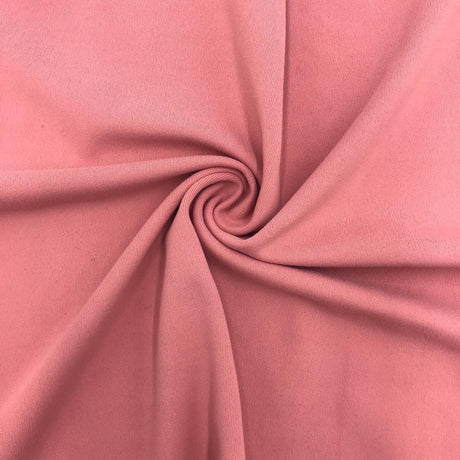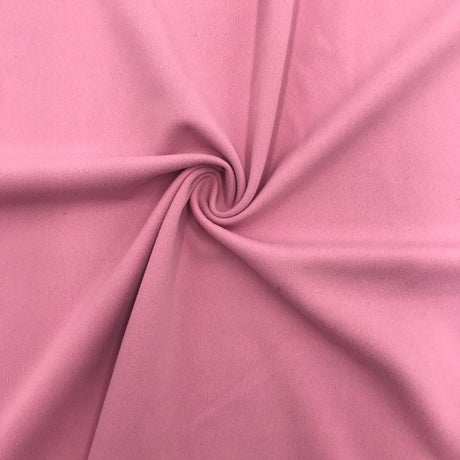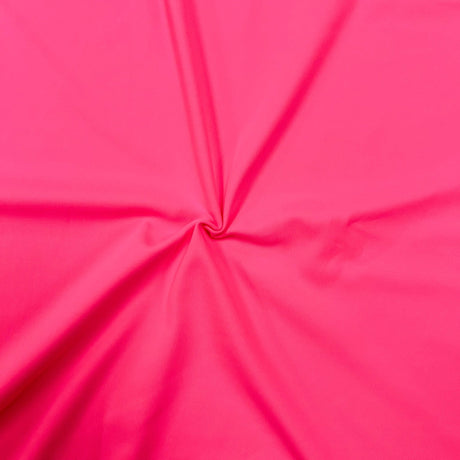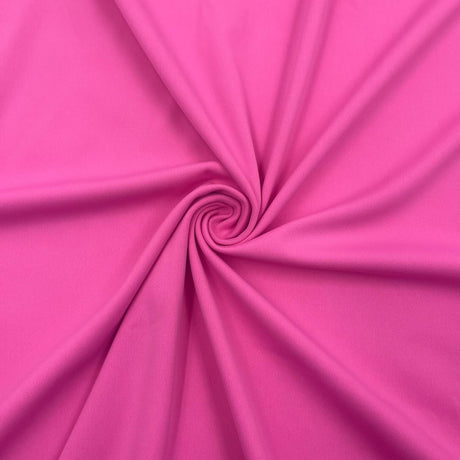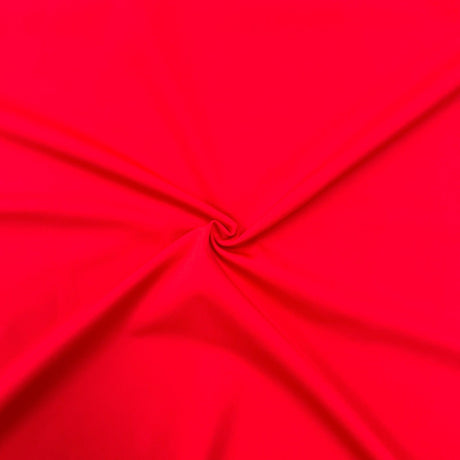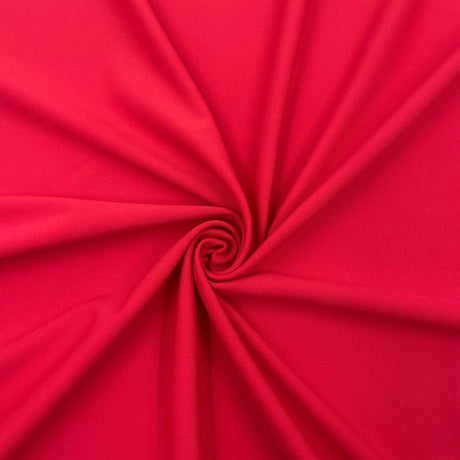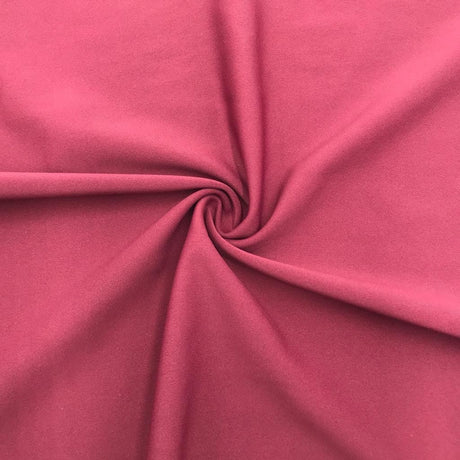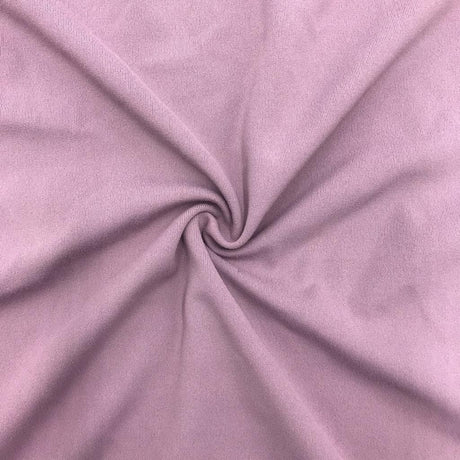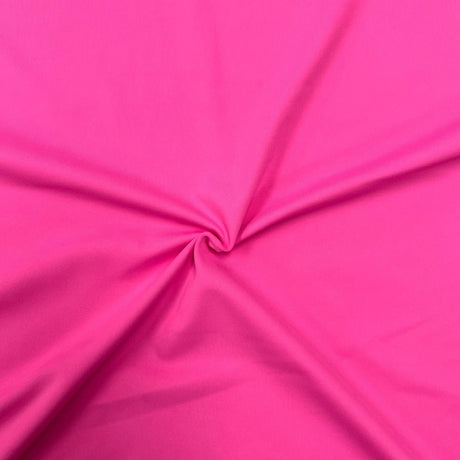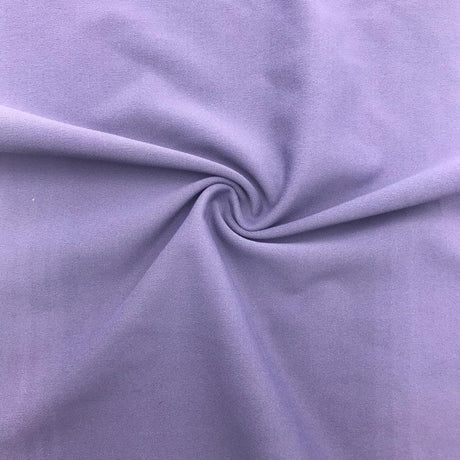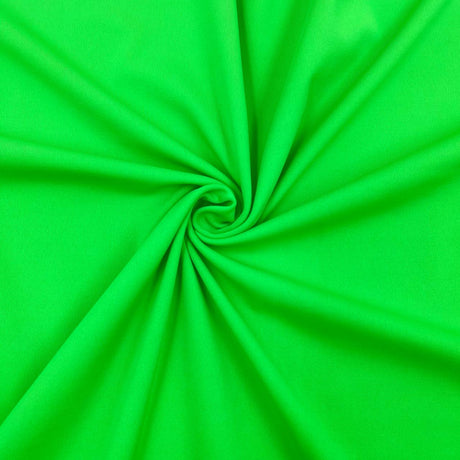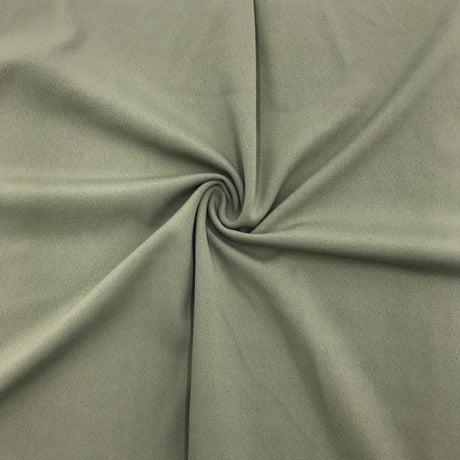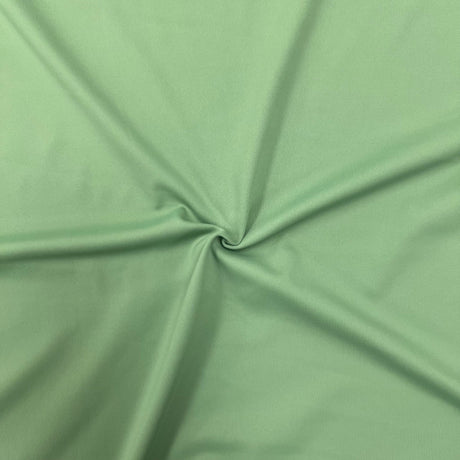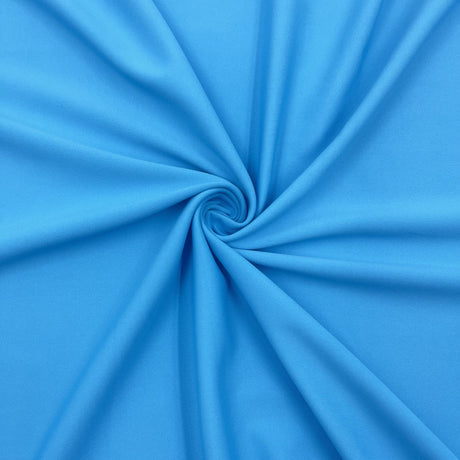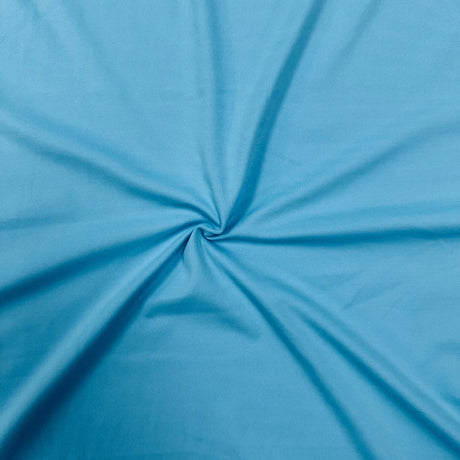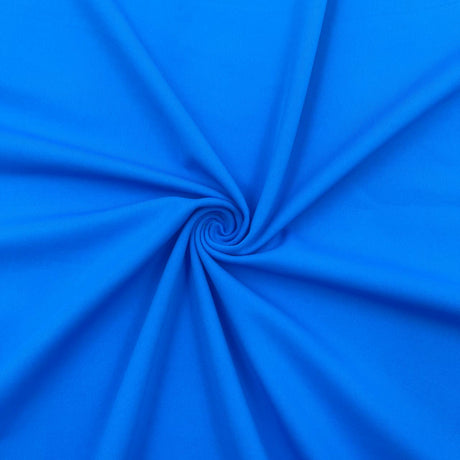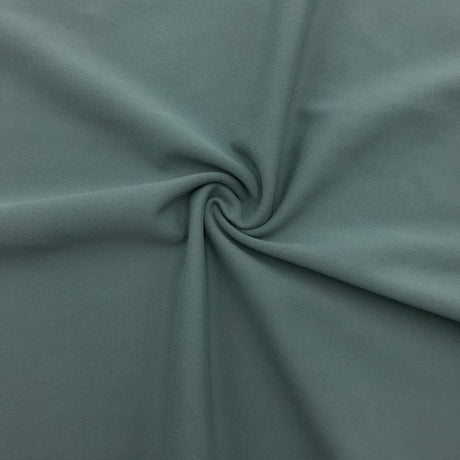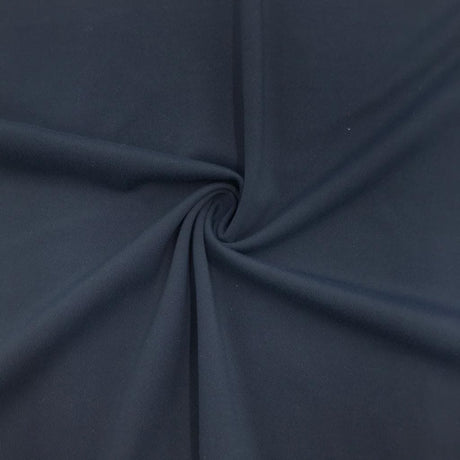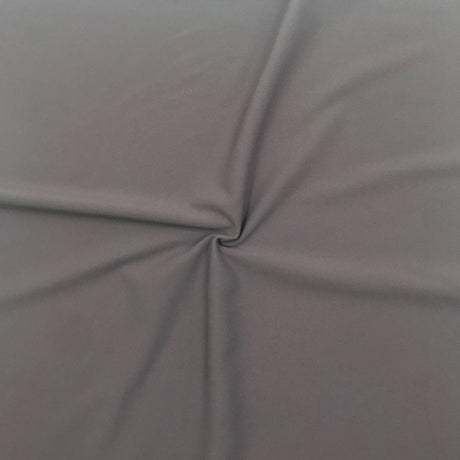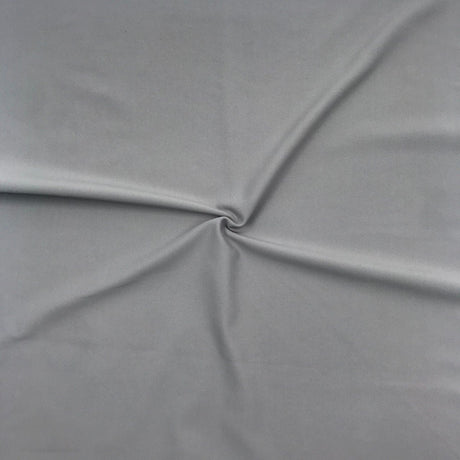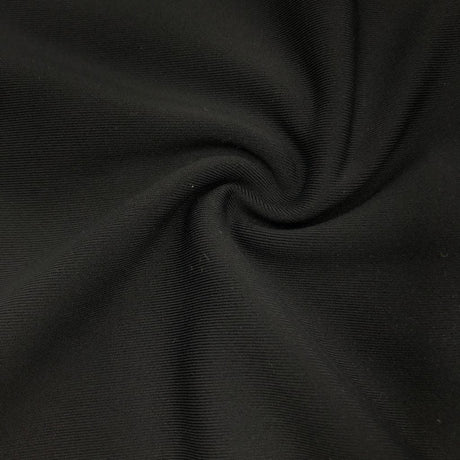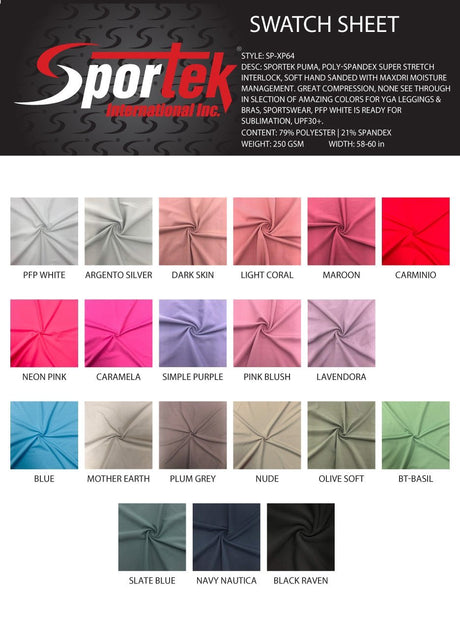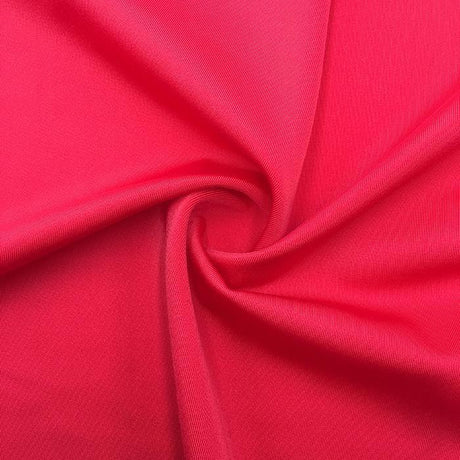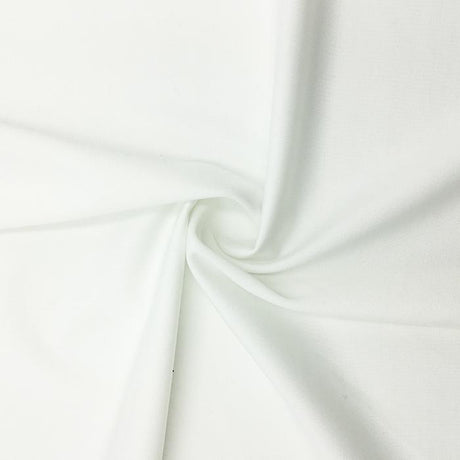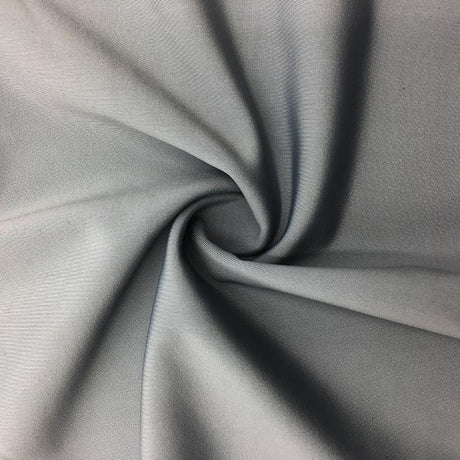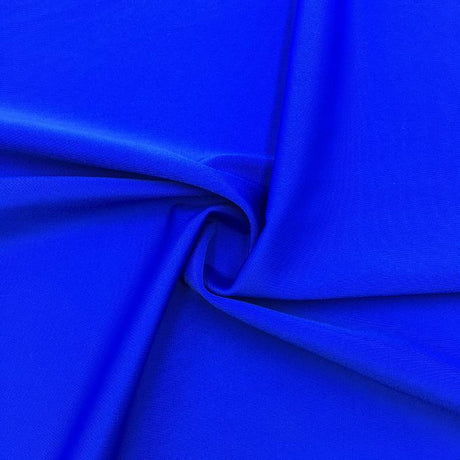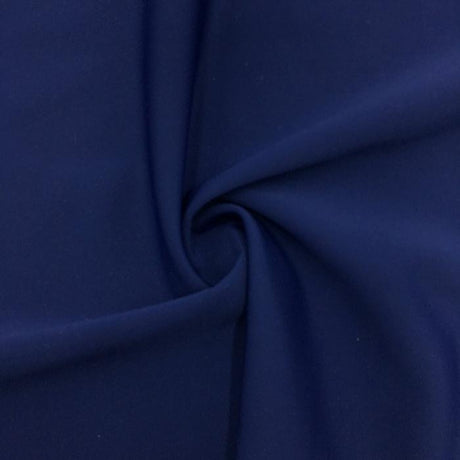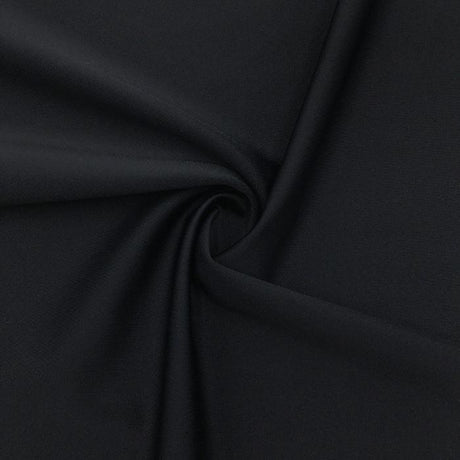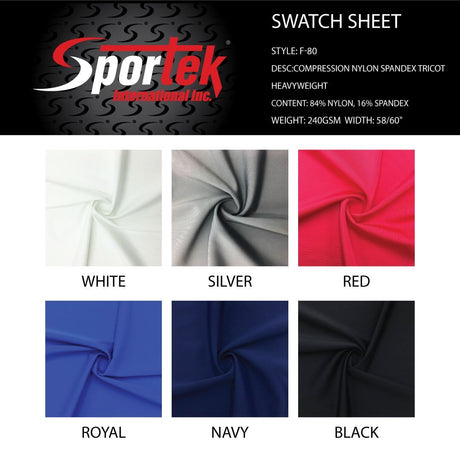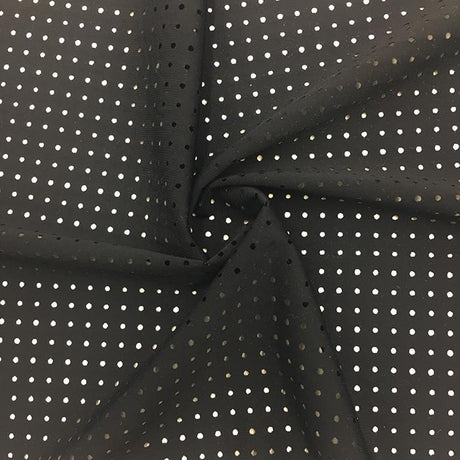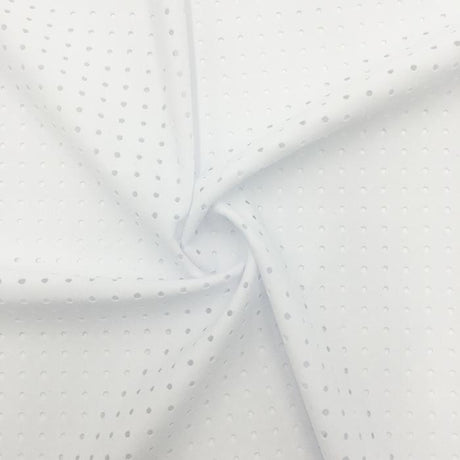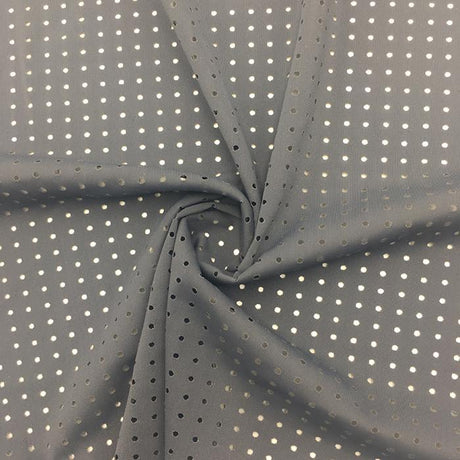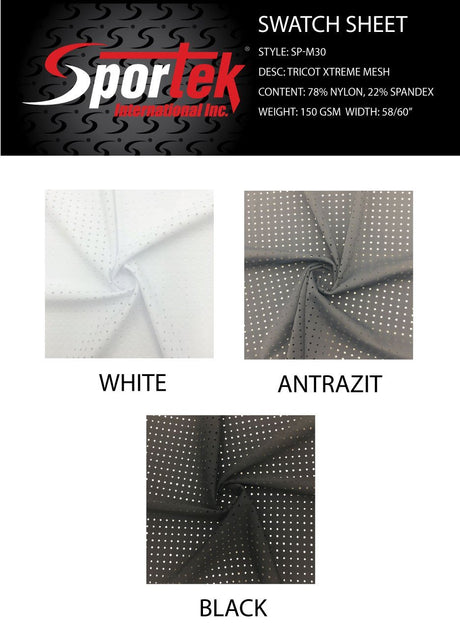In the high-stakes world of apparel manufacturing, a bulk order is a leap of faith. It's a significant financial investment based on a supplier's promise, a digital image, and a leap of hope. For those who purchase a specialized fabric like spandex, the stakes are even higher, as the material's unique properties, from its stretch to its hand feel, can be difficult to assess from a distance. The temptation to skip the sampling process, in an effort to save a few dollars and a few weeks of time, is a common one. But it is a temptation that, more often than not, leads to a costly and brand-damaging mistake.
A fabric sample is the single most powerful tool a buyer has. It is your quality control lab, your production partner, and your negotiation tool all in one. It is the only way to move from an assumption about a fabric to a verifiable fact. A sample allows you to see, feel, and test a fabric's true color, its genuine texture, its exact stretch percentage, and its real-world performance before you commit to a large purchase. A supplier who is confident in their product will be transparent and eager to provide you with a sample. A supplier who is hesitant or evasive is a major red flag that should not be ignored.
This comprehensive guide will serve as your definitive resource for understanding the non-negotiable importance of sampling before bulk ordering spandex fabric. We will break down the essential role of a sample at every stage of the production process, from your initial quality check to your final market test. By the end, you will be equipped with the knowledge and confidence to make a strategic, risk-free purchase that is built on a foundation of tangible, verifiable quality.
The High Stakes of Skipping a Sample: A Blind Purchase is a Bad Purchase
For a small business, a bulk purchase is a significant financial investment. Skipping a sample is not just a shortcut; it's a gamble that exposes your business to a variety of substantial risks:
1. The Disconnect Between Digital and Reality
A photo on a website or in a catalog can be misleading. The color, the texture, and the finish of a fabric can look completely different on a screen than they do in real life. The subtle variations in a fabric's hue, its sheen, or its matte finish can only be assessed in person. A garment that is a perfect match in a photo may be a subtle but noticeable mismatch in real life, which can lead to a host of customer complaints.
2. The Misleading Hand Feel
A fabric's "hand feel" is a crucial factor in a garment's comfort and performance. A photo cannot convey the buttery softness of a nylon spandex blend or the technical feel of a polyester spandex blend. Without a sample, you have no way of knowing if the fabric you are buying is comfortable enough for your garment's intended use.
3. Inconsistent Quality and Unverified Claims
A supplier may claim that a fabric has an 80% stretch and an excellent recovery rate, but a photo cannot verify this. A supplier may claim that a fabric has a high GSM, but a photo cannot verify its true weight. A sample allows you to test and verify all the claims a supplier has made. Without a sample, you are placing a bulk order based on a verbal promise, which is a major financial risk.
4. Production Delays and Financial Loss
If the bulk order arrives and the fabric does not meet your expectations, you are faced with a terrible choice: you can either move forward with a subpar fabric and compromise the quality of your product, or you can send it back, which can cause significant production delays and lead to a total financial loss. A sample prevents this nightmare scenario from ever happening.
Sampling is not an optional step; it is a fundamental part of your business's risk management strategy.
Part 1: The Sample as Your Quality Control Lab
A sample is your best tool for a thorough quality check. It is a tangible piece of your bulk order that you can inspect, test, and verify for its integrity.
1. Visual Inspection
- The Test: Hold the sample up to a natural light source. Does the color match the digital image? Does the finish (matte vs. shiny) meet your expectations? Are there any visible defects, such as snags, stains, or a subtle color variation?
- The Benefit: This is your first and most basic quality check. It allows you to catch any major visual issues before you place a large bulk order.
2. Hand Feel and Texture
- The Test: Feel the fabric. Is it soft? Is it smooth? Is it coarse? Does it have a silky, buttery feel, or a more technical, structured feel?
- The Benefit: This is a crucial step for any garment that is worn against the skin. A fabric that feels uncomfortable or coarse in your hand is a fabric that will be uncomfortable for your customer.
3. Stretch and Recovery Test
This is the single most important test you can perform on a spandex sample.
- The Test: Use a ruler to mark a 10-inch segment of the sample. Stretch the fabric to its maximum elongation and then release it. Does it have a high stretch percentage? Does it snap back to its original 10-inch length?
- The Benefit: This will tell you if the fabric has the core properties you need for your product to perform as expected. A fabric with a poor recovery rate will become loose and saggy over time, which is a major customer complaint.
4. Wash and Dry Test
- The Test: Wash and dry a small piece of the sample according to your care instructions. Use a cold wash and an air-dry.
- The Benefit: This is your final check for shrinkage, colorfastness, and any changes in hand feel or performance. If the fabric bleeds color or shrinks, it's a clear sign of a problem that needs to be addressed before you place a bulk order.
Part 2: The Sample as Your Production Partner
A sample is not just for quality control; it is a crucial partner in your production process.
1. Pattern and Fit Testing
A sample is the only way to test a new pattern or design.
- The Benefit: It allows a designer to check for fit, drape, and any issues with cutting or sewing. A fabric that looks perfect on a roll may not work in a finished garment. A sample allows you to catch these issues before you commit to a large production run.
2. Market Testing
A sample is your best tool for a low-risk market test.
- The Benefit: It allows a business to create a small batch of a product for a test launch, which is a low-risk way to get feedback from customers. This is a crucial step for a new business that needs to validate its product before making a significant financial investment.
3. Cost and Efficiency Analysis
A sample allows you to accurately calculate the cost of a finished garment.
- The Benefit: You can use a sample to calculate the fabric yield, the labor costs, and the production time. This will give you a clear idea of your true cost of production and will help you price your product for a profitable sale.
Part 3: The Sample as a Negotiation Tool
A sample is your best tool for a powerful negotiation.
1. Verifying Supplier Claims
A sample allows you to verify all the claims a supplier has made. If a supplier promises a fabric with an 80% stretch, but the sample you receive has a 50% stretch, you have a clear basis for a negotiation.
2. A Basis for the Contract
A sample can be a physical part of a contract. The bulk order you receive must match the sample you approved. If it does not, you have a clear basis for a return or a refund. A sample is your final line of defense against a supplier who is not transparent or honest.
The Proactive Approach: The Path to a Problem-Free Purchase
Sampling is the single most effective way to prevent all the common problems of bulk purchasing. It is a small investment of time and money that provides a massive return in peace of mind, a low-risk production run, and a high-quality finished product.
- Don't Skip It: The temptation to skip a sample is a major trap. It is a decision that often leads to a costly mistake.
- Be Thorough: Do not simply hold the sample up to the light. Test it, wash it, and sew it.
- Communicate: Share your findings with your supplier. A good supplier will value your feedback and will work with you to find a solution to any problems.
Conclusion
The importance of sampling before a bulk order cannot be overstated. It is the single most effective tool a buyer has for ensuring a successful, risk-free purchase. A sample is your quality control lab, your production partner, and your negotiation tool all in one. It allows you to move from an assumption about a fabric to a verifiable fact, protecting your business from a host of expensive and brand-damaging problems.
Ready to explore a world of certified, high-quality fabrics? At SpandexByYard.com, we pride ourselves on transparency and quality. We provide a clear and simple sampling process, so you can test and verify our fabrics with confidence before you place a bulk order. Explore our collection and build your brand on a foundation of tangible, verifiable quality.

